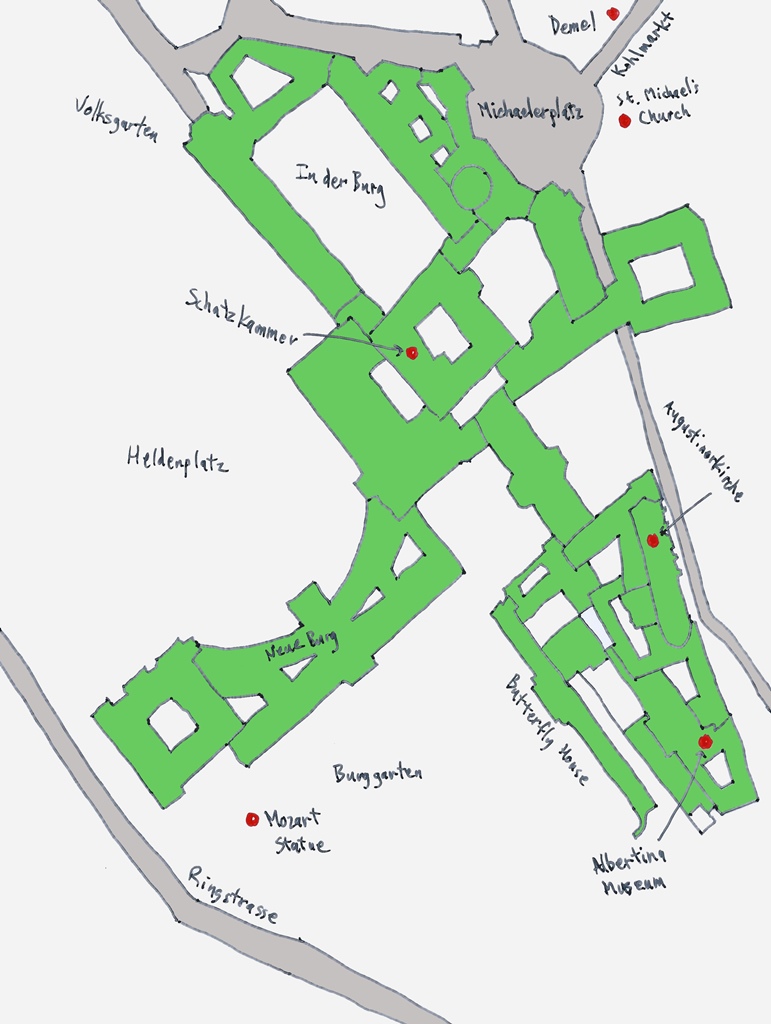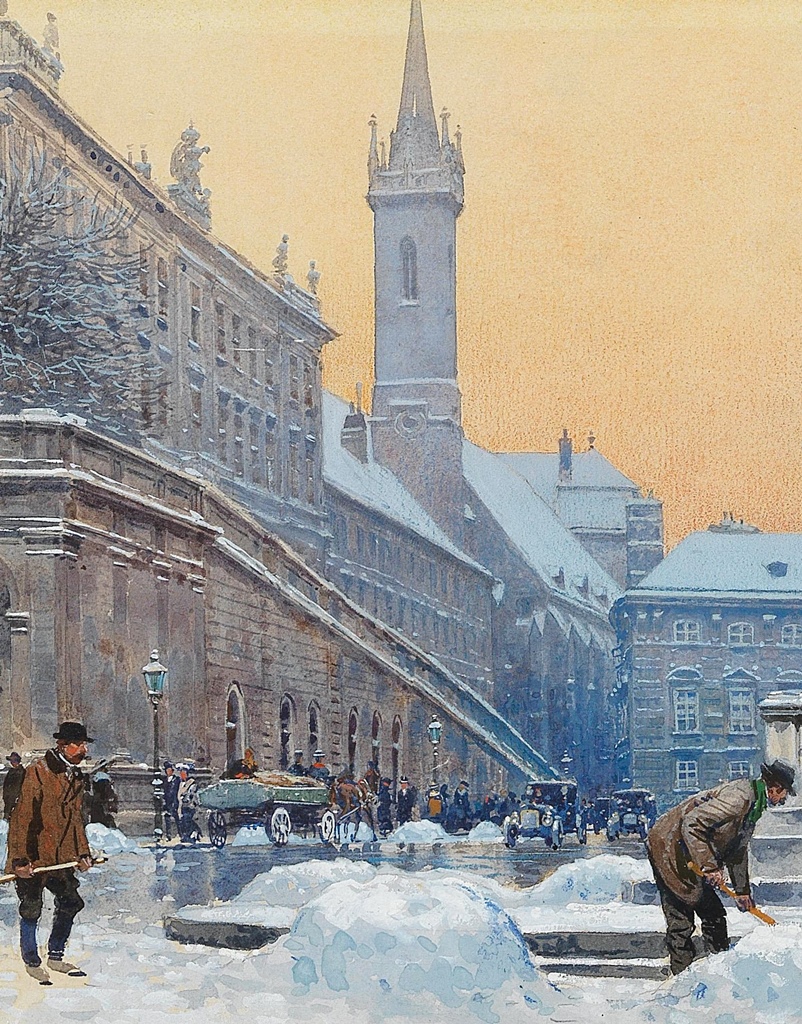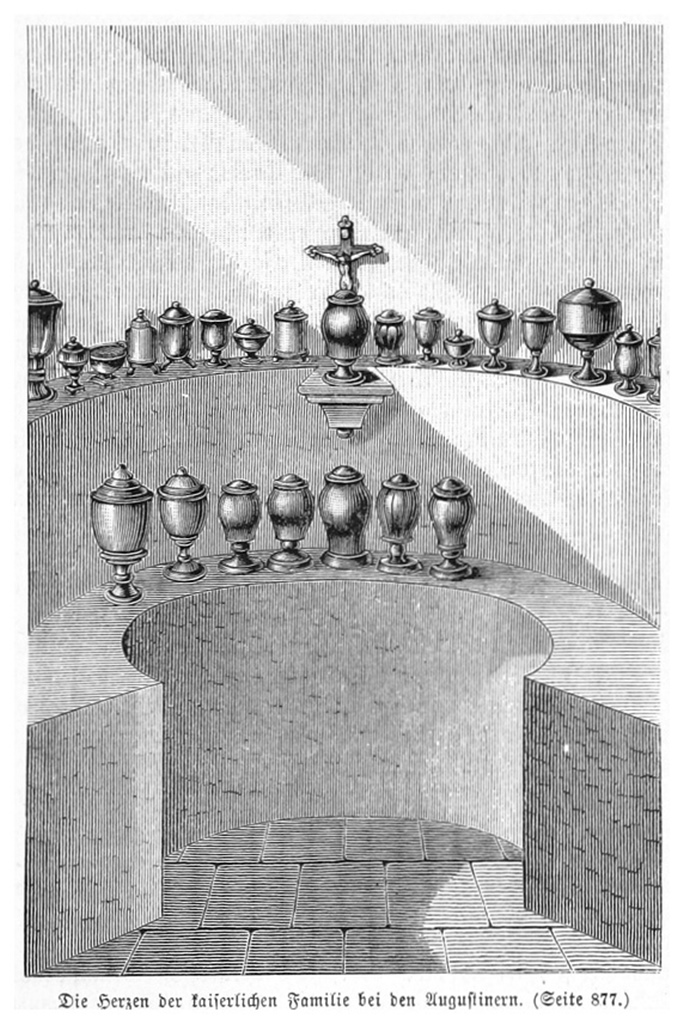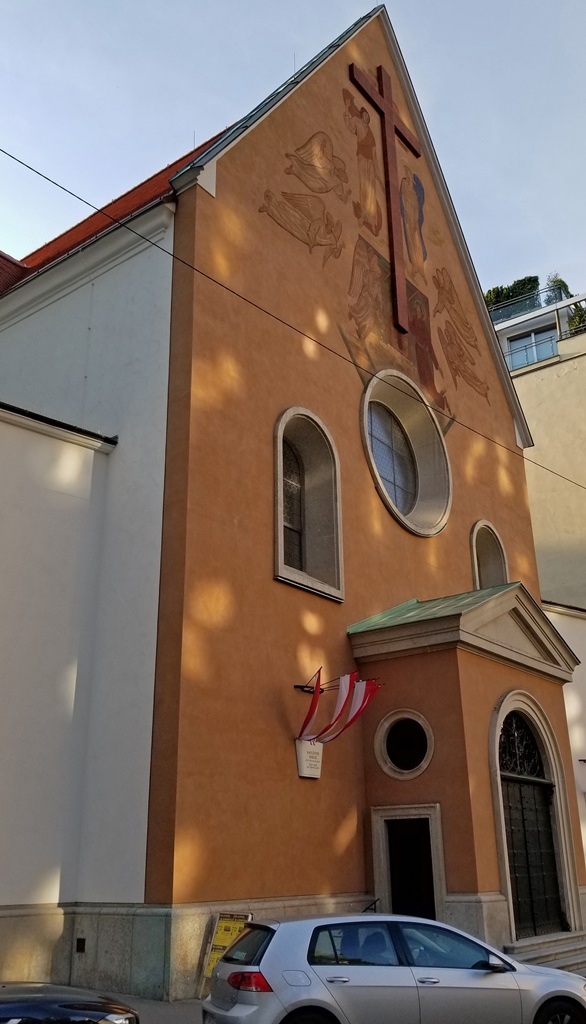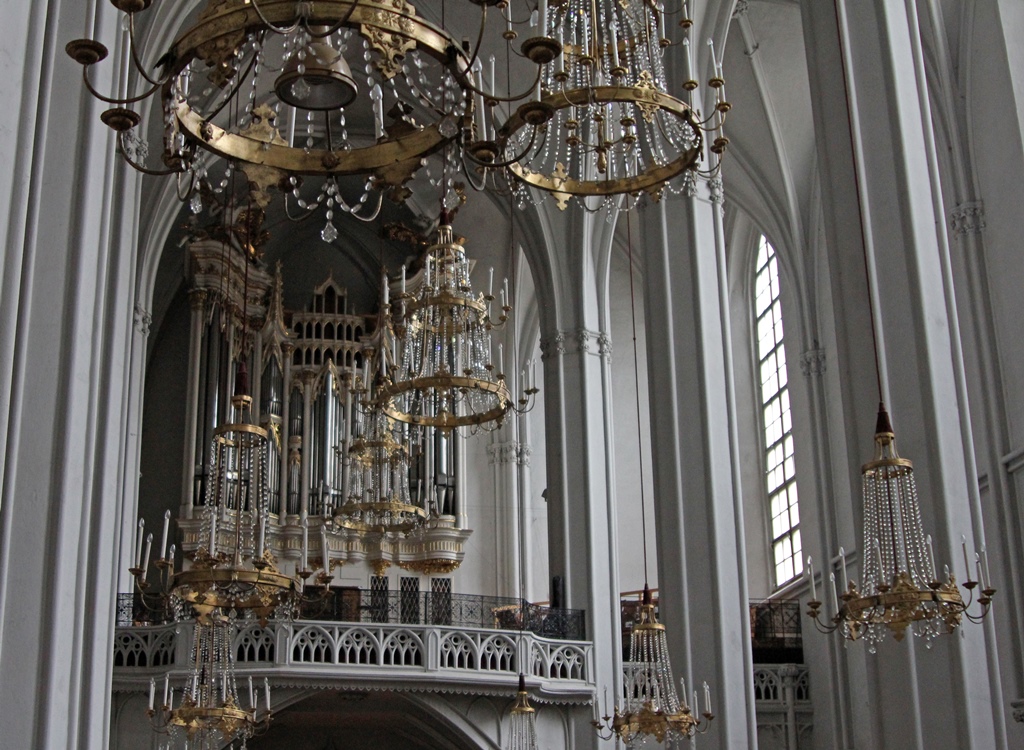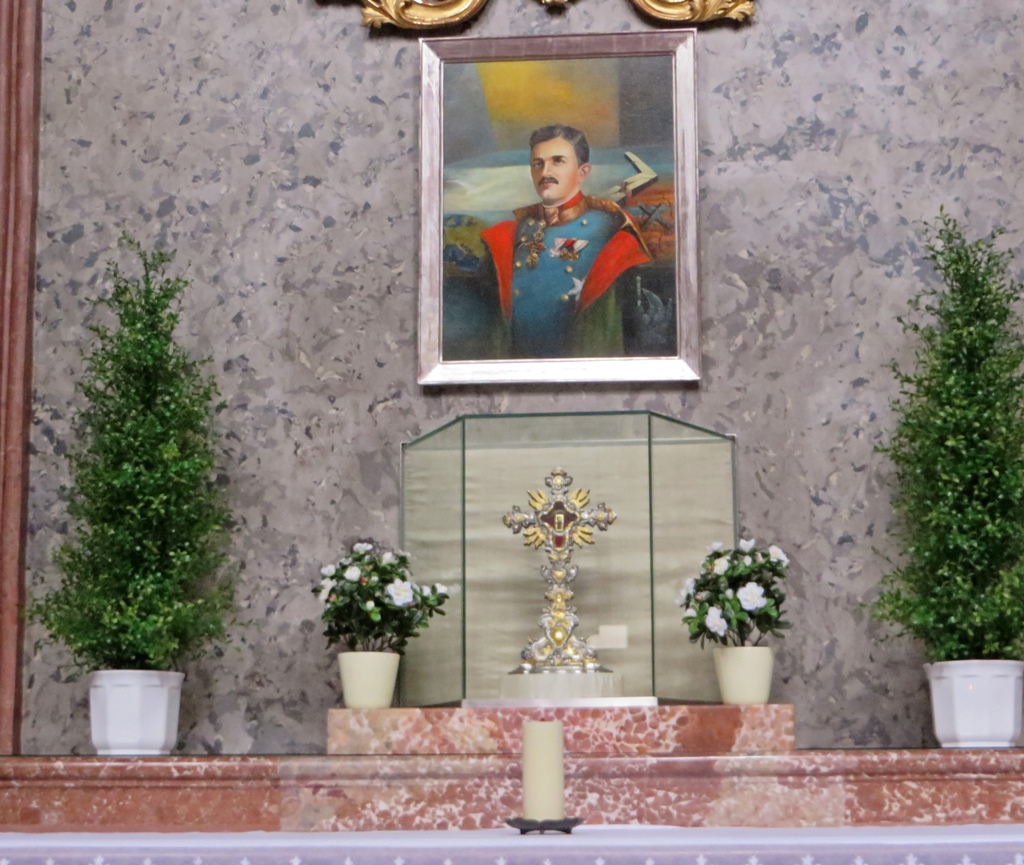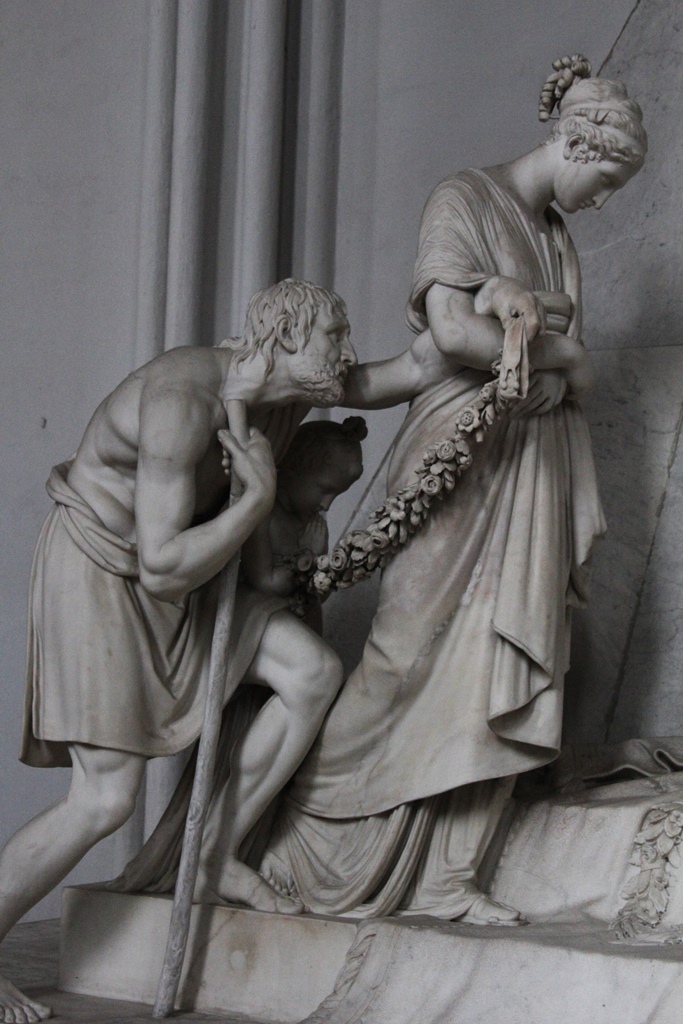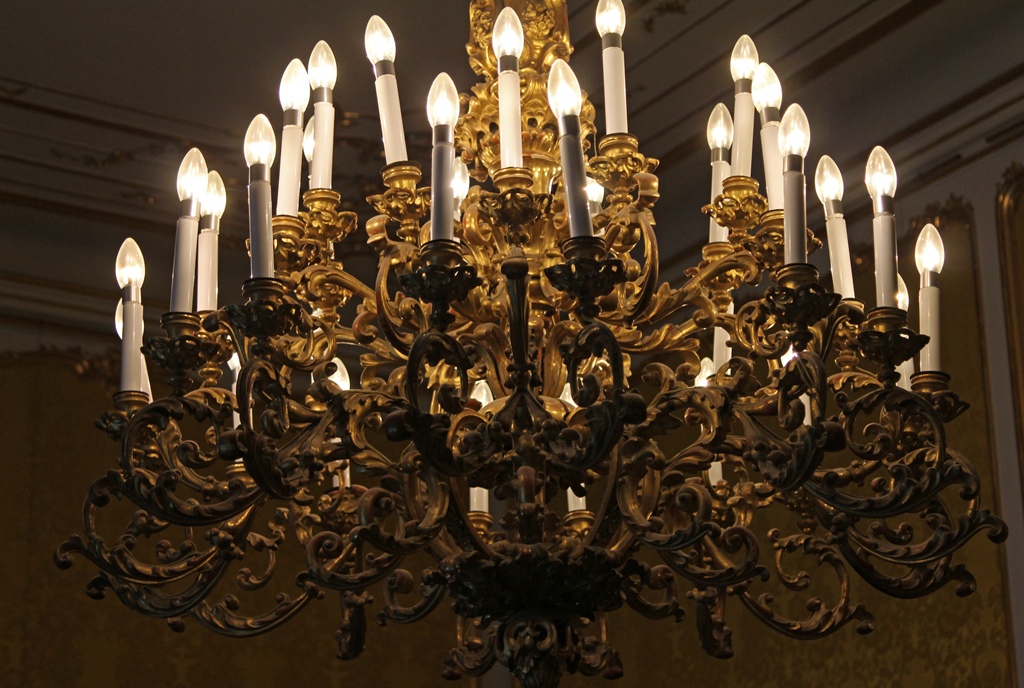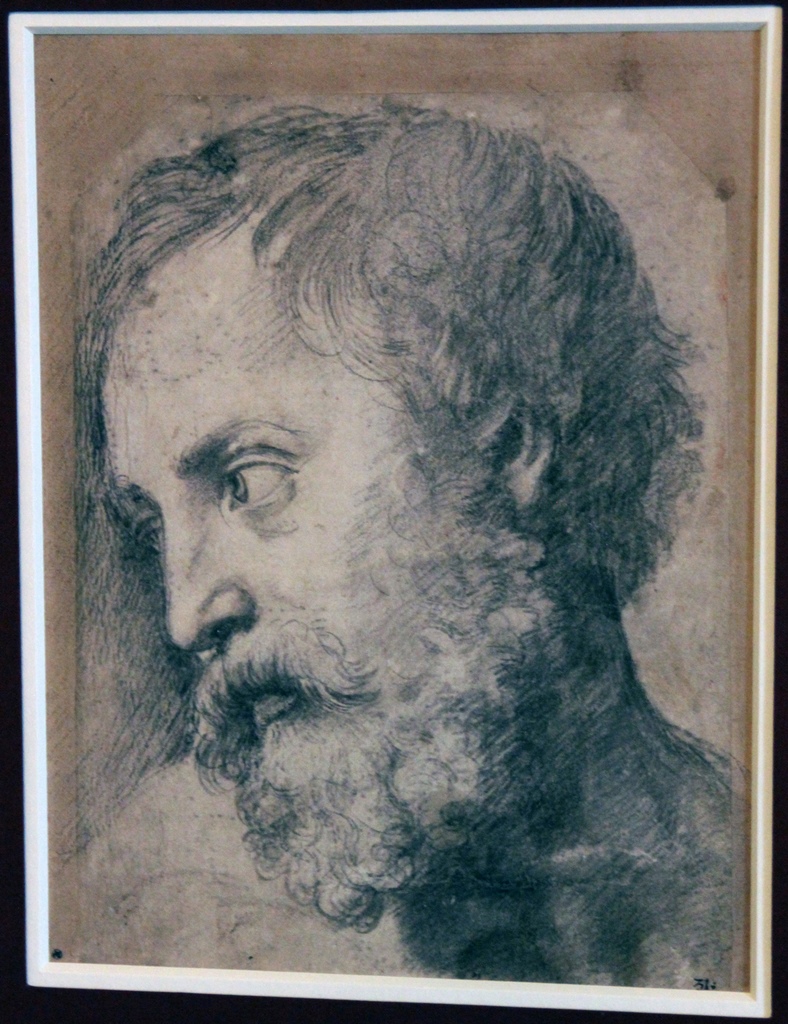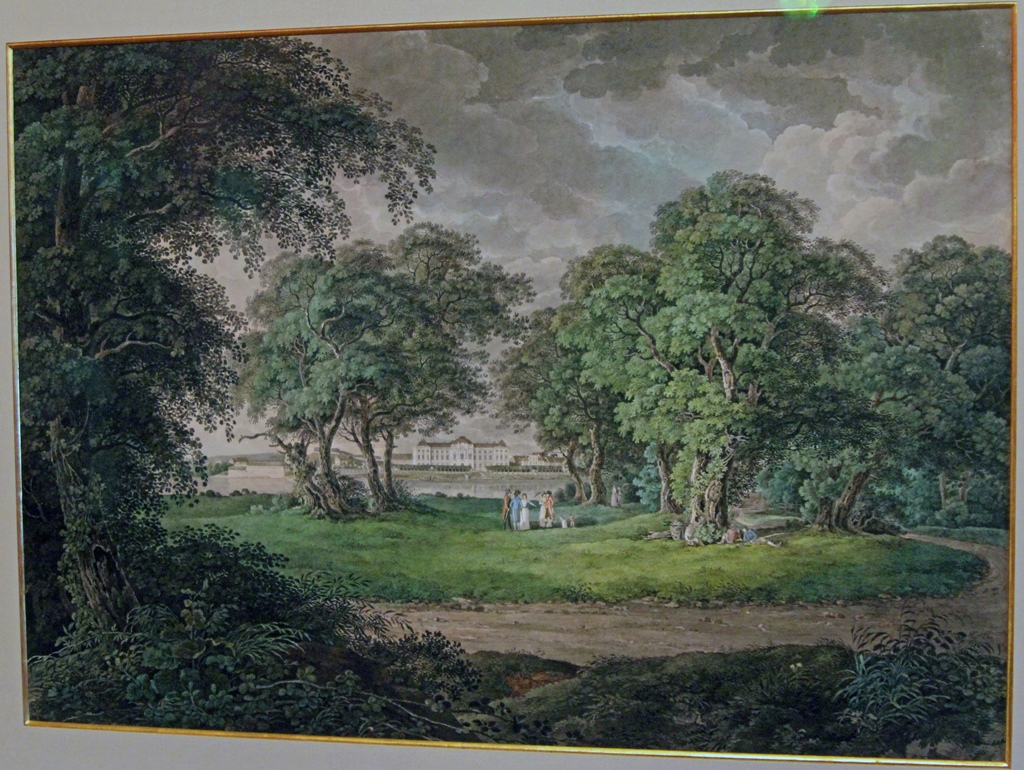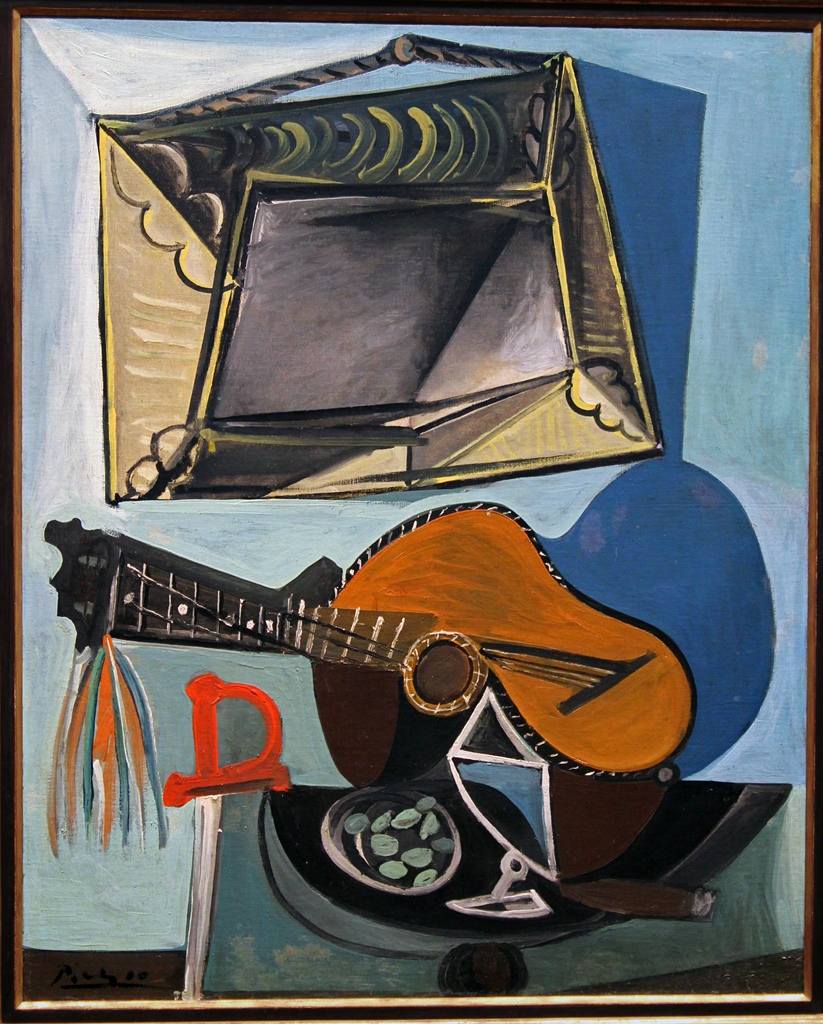Hofburg Layout
We awoke in the hope that the weather had taken a turn for the better during the
night, but this turned out not to be the case. So we huddled under our lone umbrella
and headed out for a destination that would be primarily indoors, choosing to start
the day by visiting the Albertina Museum. But we needed to make another stop first.
From some of the pictures you may have noticed that I'm considerably taller than my
lovely wife Nella. This makes keeping us both dry under a single umbrella
challenging at best. So we decided it would be a great idea to find a second umbrella
somewhere as soon as possible. We weren't sure where to go for this, but we had a
vague idea of maybe going to a department store. But before finding a department
store, we happened to see some umbrellas on display at a souvenir store for what
appeared to be reasonable prices. We picked one out (this turned out to be a better
deal than we saw later at the department stores) and continued toward the Albertina
Museum.
The Albertina Museum is technically part of Vienna's sprawling Hofburg palace complex.
The Hofburg was the winter residence of the Habsburgs (I'll talk about the summer
residence, the Schönbrunn Palace, some other time), and some of it is still used for
government functions, including the residence and workplace of the Austrian president.
The palace dates back all the way to the 13th Century, when construction was begun by
the Babenbergers, who ran the Duchy of Austria before the Habsburgs. The palace was
much smaller then, but grew over the centuries through new construction, sometimes
absorbing buildings that had originally been separate structures along the way. The
Albertina is found at the southeast corner of the palace complex.
Wielding our umbrellas, we headed through the rain down Kohlmarkt, past the Demel
shop we'd enjoyed the previous evening, and directly toward a main entrance of the
Hofburg - the huge, neo-Baroque Michaelertor, or Michael’s Gate.
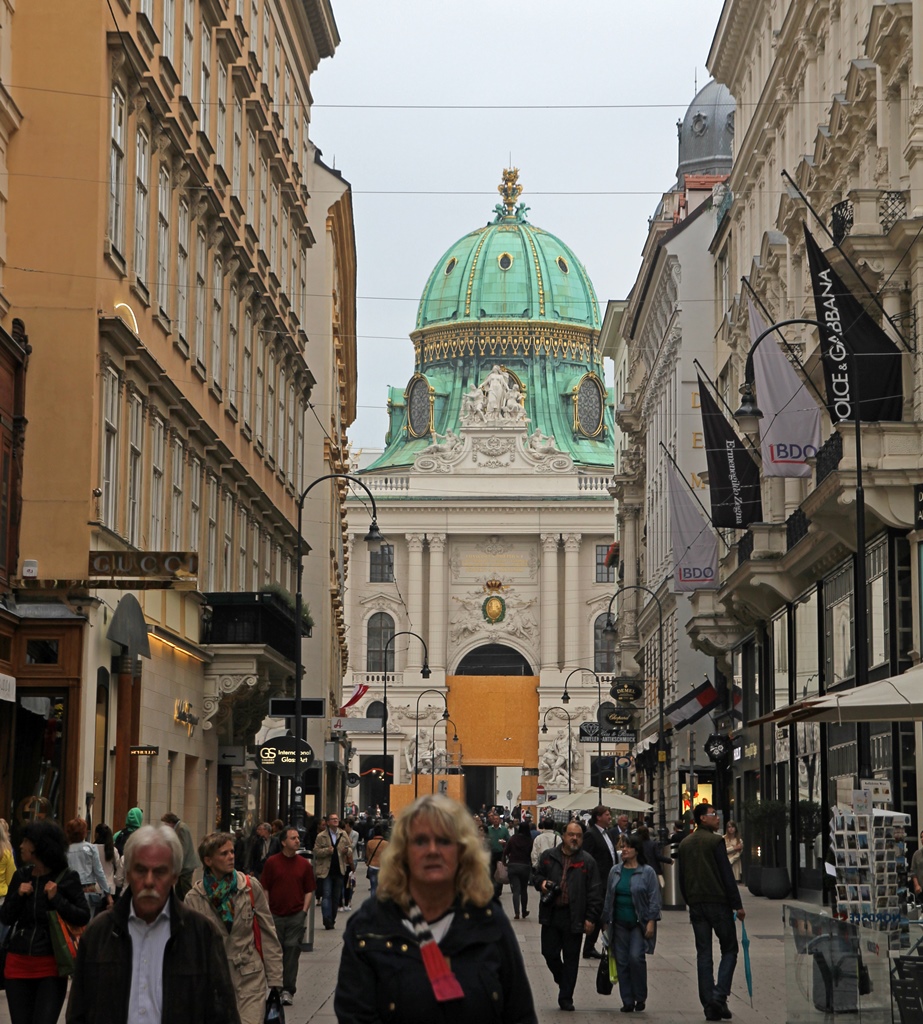
Michaelertor from Kohlmarkt
However, we didn't use the gate, turning left just before reaching it and heading
south, toward the Albertina. But before reaching the museum, we entered a church
on the way, a church called the Augustinerkirche (Augustinian Church), which
holds a fair amount of historical significance.
Augustinerkirche
The Augustinerkirche
was first built in the 14th Century to serve as the parish church
for the Habsburgs, with the interior receiving its current Gothic look in the 18th
Century. Many Habsburg weddings took place here, with the most prestigious including
those of Maria Theresa to Francis of Lorraine (1736), Archduchess Marie Louise to
Napoleon Bonaparte of France (1810) and Emperor Franz Joseph to Duchess Elisabeth of
Bavaria, known as "Sisi" (1854).
With all the romance going on, it only seems natural (or at least it did to the
Habsburgs) that the no-longer-beating hearts of deceased Habsburgs should be kept here.
And so they are, in 54 silver urns kept on shelves in a room called the
Herzgruft, located behind the Loreto Chapel next to the main altar. The hearts
date from 1654 (Ferdinand IV) to 1878 (Archduke Franz Karl) – a complete list can be
found here,
for the curious. Here's a drawing, from back when the shelves weren't as
fully stocked as they are now.
The Herzgruft
If you're one of the curious (we weren't, particularly, but I understand your need to know),
you're probably wondering what happened to the rest of the owners of these hearts. Glad
you asked. Other selected viscera are kept in additional silver jars, located in the crypt
below St. Stephen's Cathedral (the Stephansdom – this church will be discussed later).
What's left is kept in silver coffins (some apparently quite elaborate) in the crypt beneath
the Capuchin Church and monastery a few blocks away. This crypt is called
the Kaisergruft.
We have not visited the Kaisergruft.
Capuchin Church/Kaisergruft
It's hard to visit the Augustinerkirche without thinking of the color gray. Especially if
you're visiting on a gray day, as we were. It seems as though it would take some doing to
make the place look festive, but this was undoubtedly accomplished when necessary.
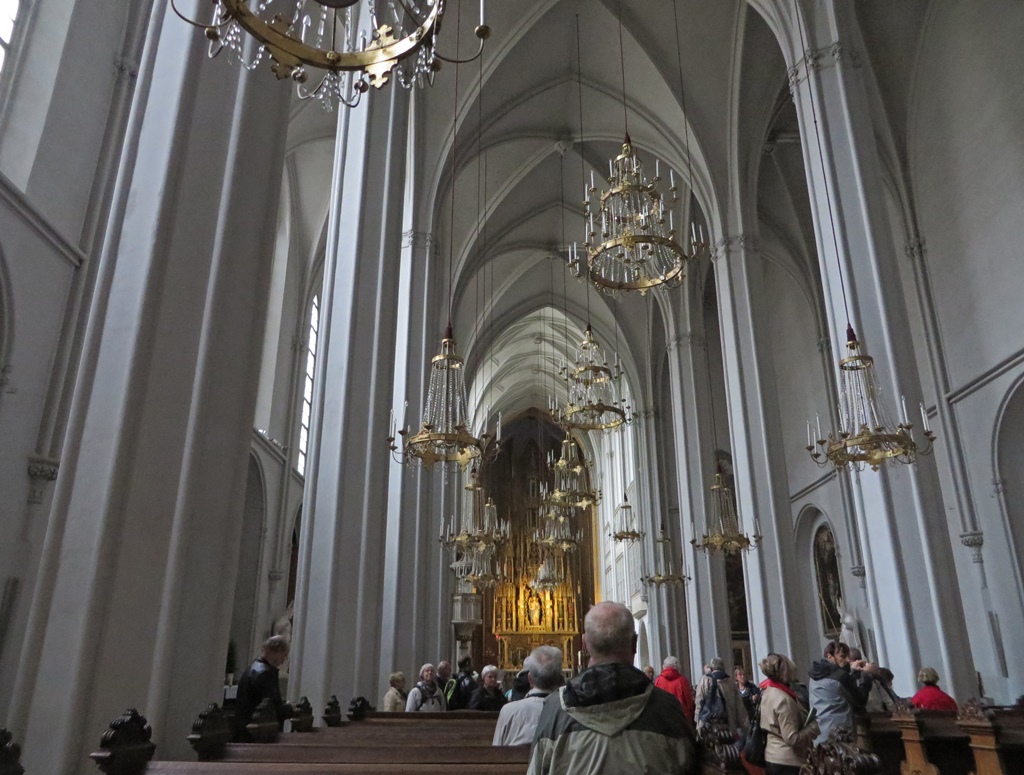
Nave, Augustinerkirche
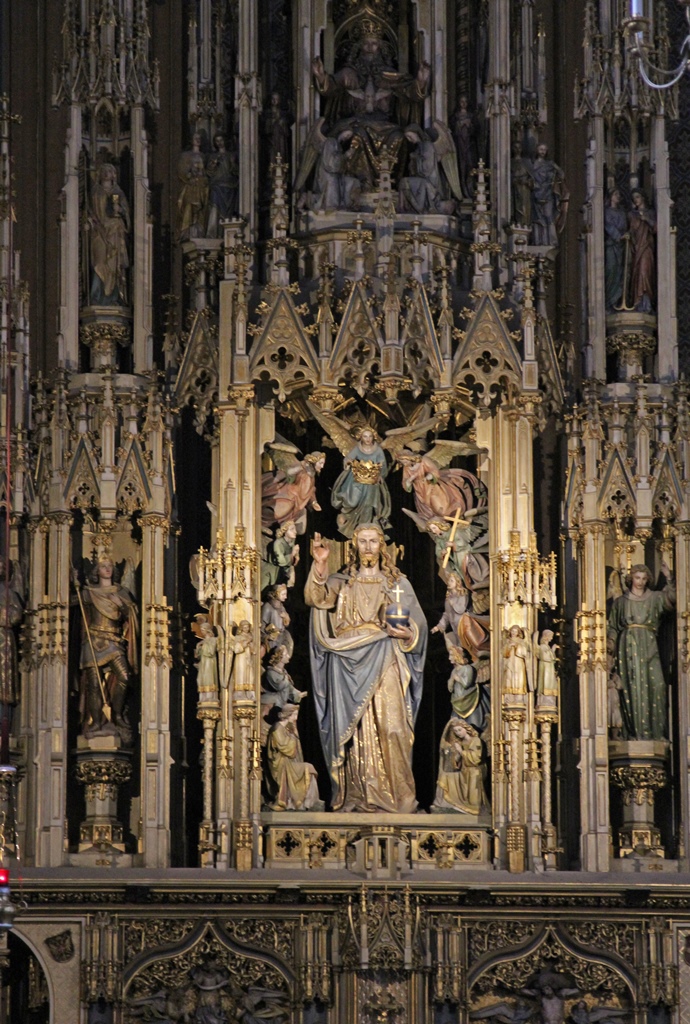
Main Altar
Chandeliers and Organ
One of the side altars is devoted to the last Habsburg emperor, Charles I, who died
in 1922. As noted in the Vienna introductory page,
Charles has been beatified and may someday become a saint in the Catholic church. Charles
died and was buried in the Portuguese archipelago of Madeira. But keeping up the Habsburg
tradition, his heart was buried somewhere else (Muri Abbey, Switzerland, founded by Radbot,
builder of the Habsburg Castle from which the dynasty got its name). The Charles I
altar was added to the Augustinerkirche in 2004.
Memorial to Emperor Charles I
The most notable memorial in the church would have to be the cenotaph to Maria
Christina, the fifth and favorite child of Maria Theresa. She died in 1798 at the
age of 56, and like her relatives was buried in the Kaisergruft (with her heart
added to the collection in the Herzgruft). Her husband, Prince Albert of Saxony,
hired the Italian sculptor Antonio Canova to create a suitable memorial to his
beloved wife, and the resulting magnificent cenotaph was completed in 1805.
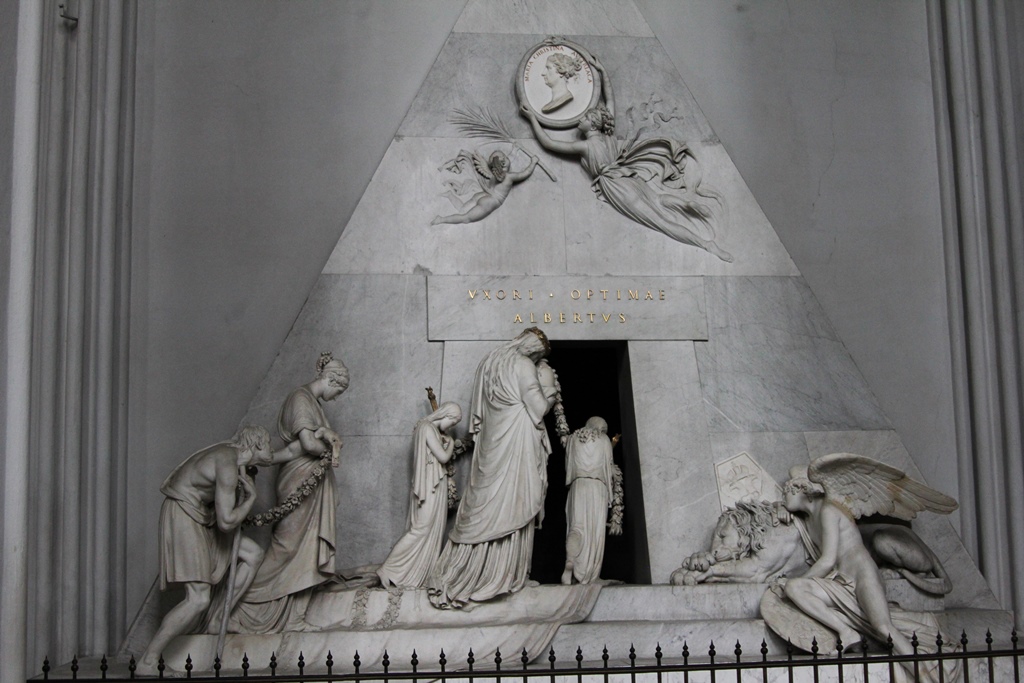
Cenotaph for Archduchess Maria Christina, Antonio Canova (1805)
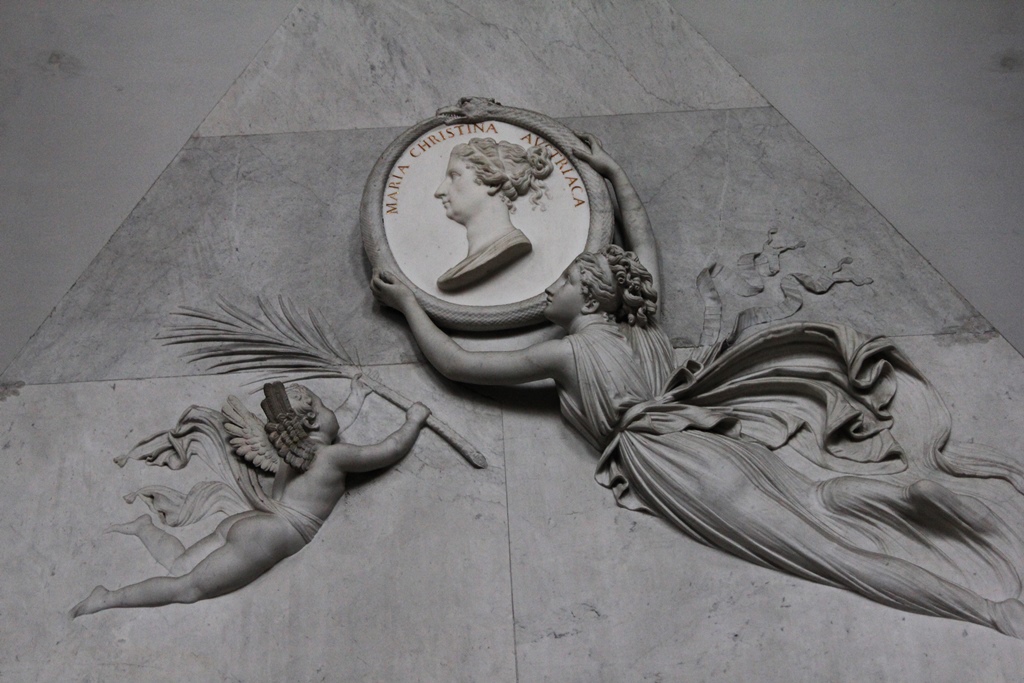
Detail, Cenotaph for Maria Christina
Detail, Cenotaph for Maria Christina
We exited the church into the late Vienna morning and found the rain to still be in
progress. We continued south and found the entrance to the Albertina Museum.
The Albertina Museum is
located in a former palace that was first established in 1744. It was later lived in
by Maria Christina (celebrated by the Canova cenotaph) and her husband Albert, after
whom the museum is named. Albert began assembling a large collection of old master
prints and drawings while he was Governor of the Austrian Netherlands and was living
in Brussels. In 1793, Albert and Maria Christina were forced to flee Brussels
because of the French Revolution. Albert had his collection shipped to Vienna, but
only two-thirds of it arrived, as one of the cargo ships sank en route.
Albert continued to expand the collection until his death in 1822 (you can probably
guess where he's buried), but his descendants continued his work while living in the
same palace, until they were forced to leave in 1919, when ownership of the palace
and the collection passed to the new Republic of Austria. The building received
heavy damage during World War II, and repairs and restorations continued into the
21st Century.
There are a number of things to be appreciated at the Albertina Museum. One is the
restored building itself. Several rooms have been returned to their palatial splendor.
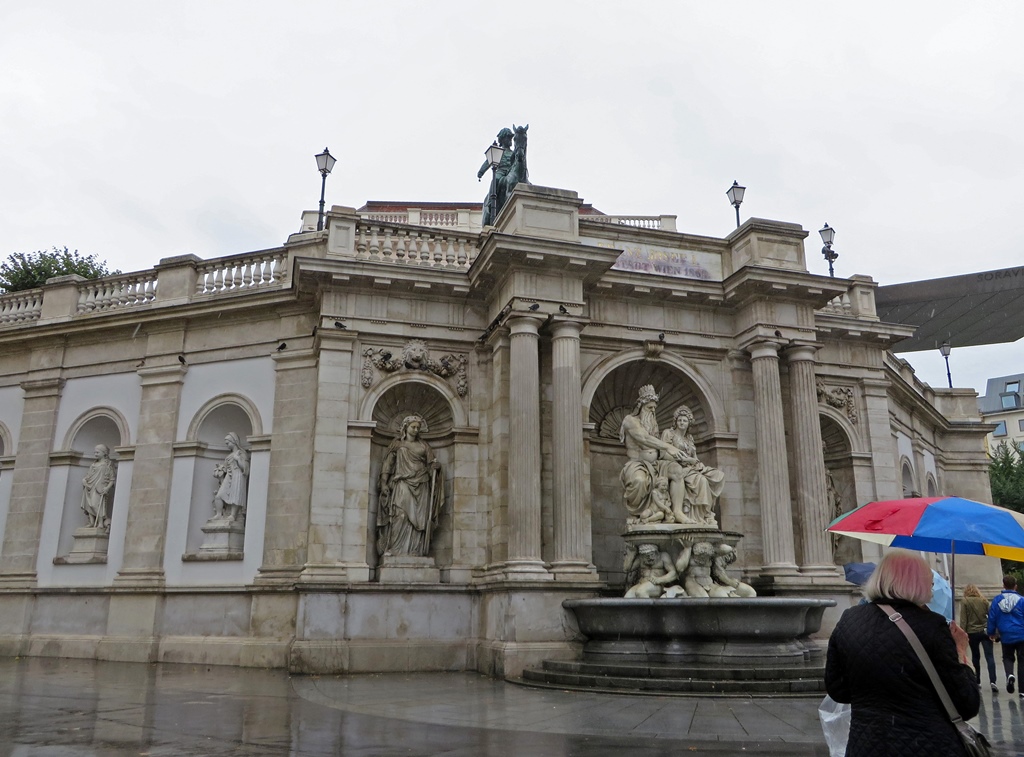
Albertina Museum
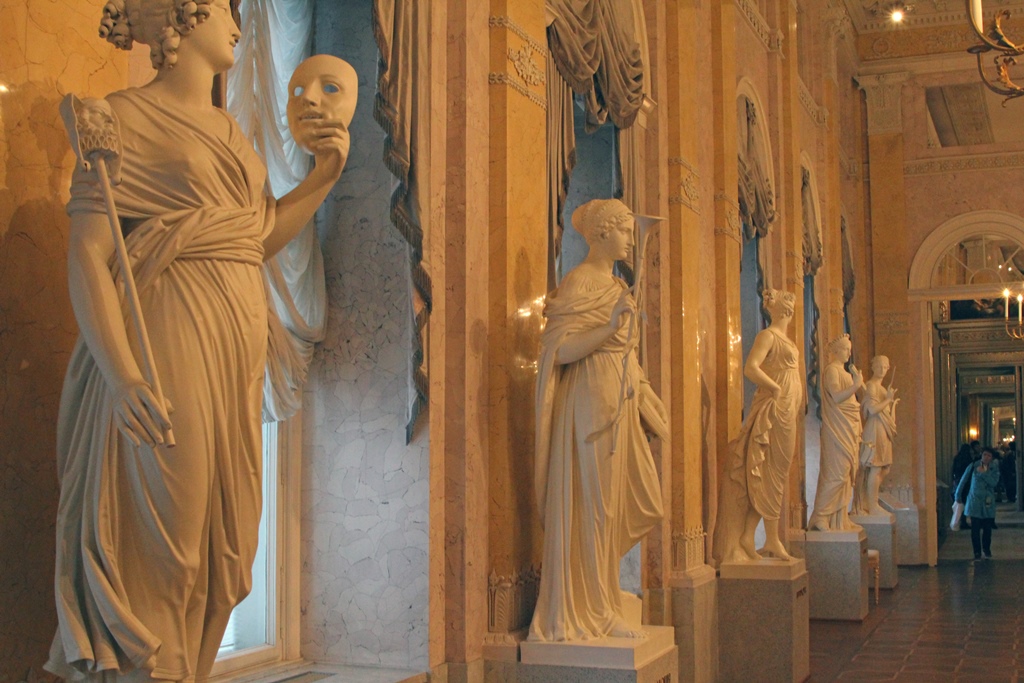
Hall of the Muses
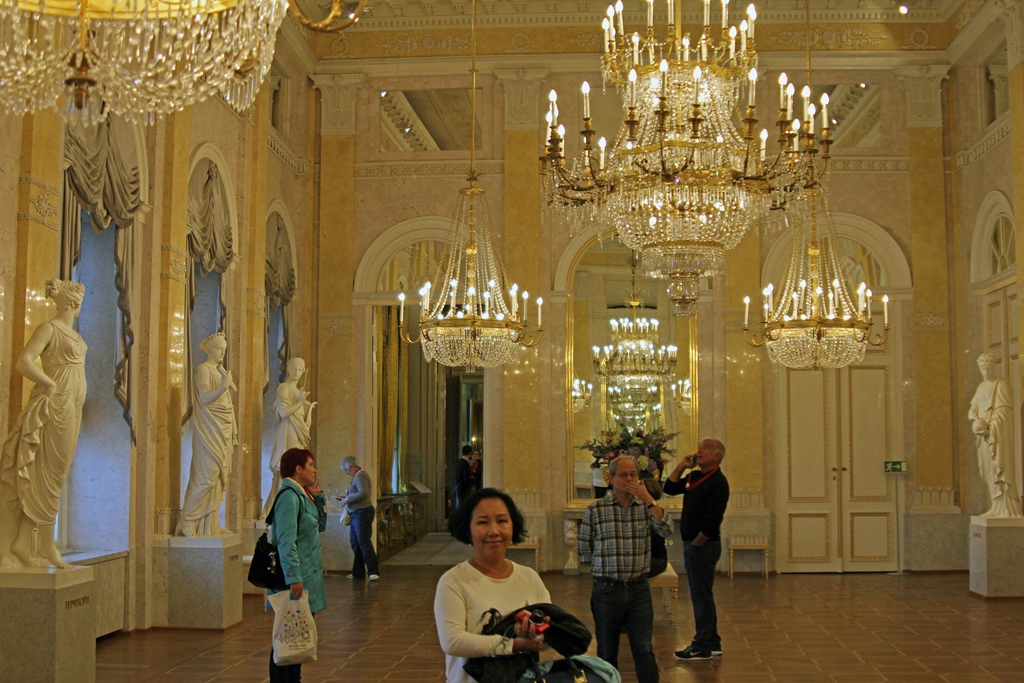
Nella, Hall of the Muses
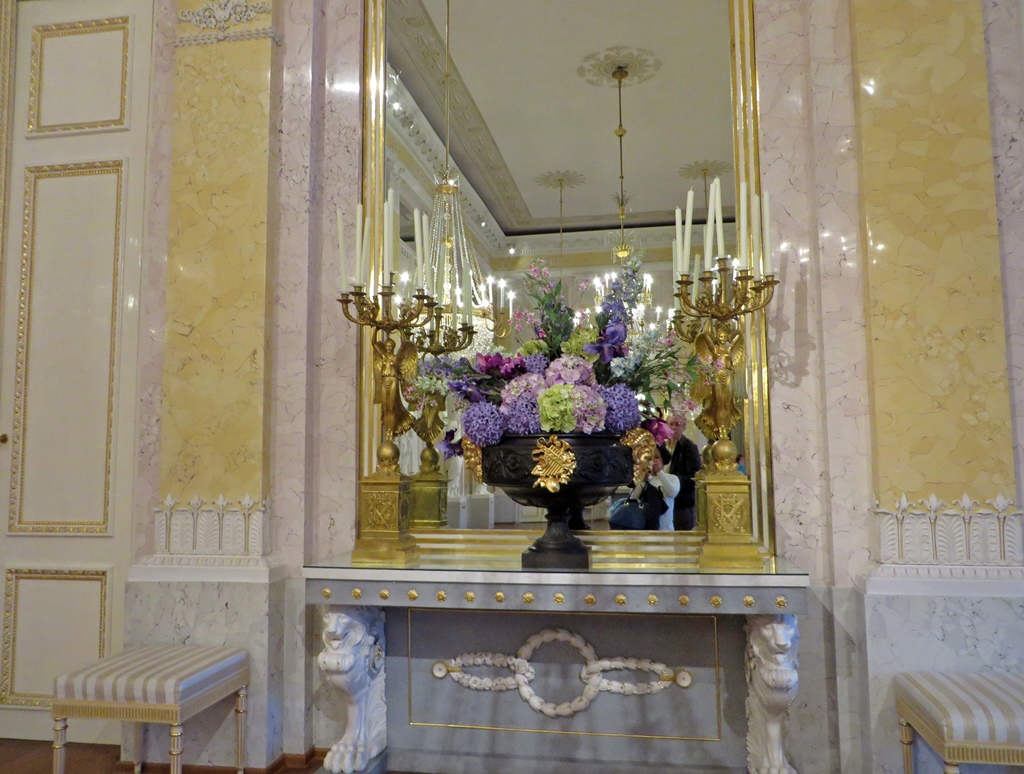
Flowers, Hall of the Muses
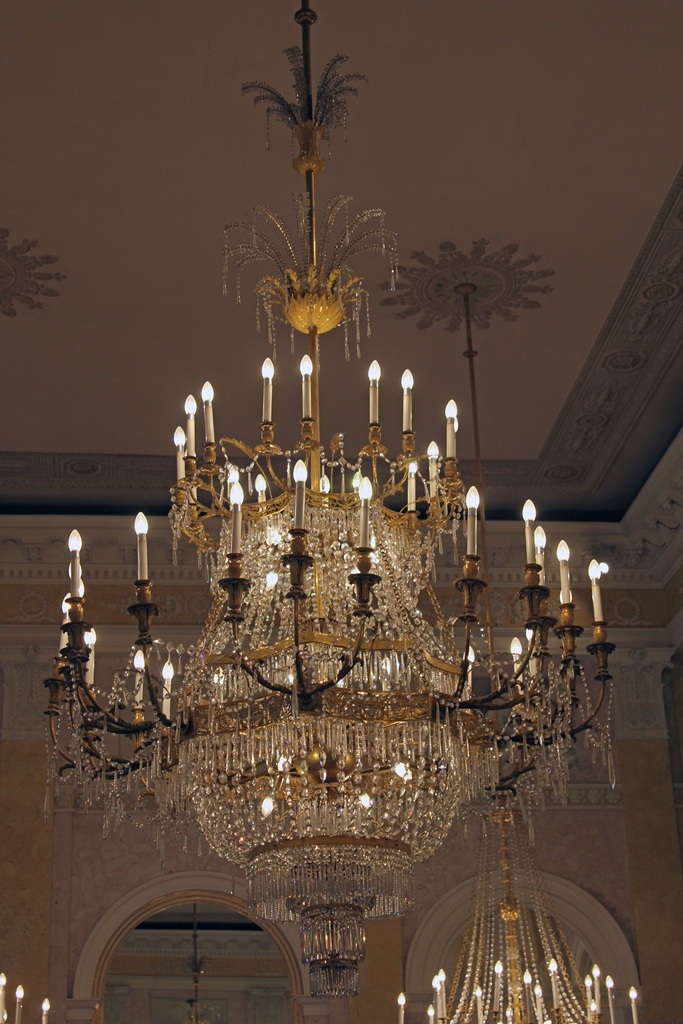
Chandelier, Hall of the Muses
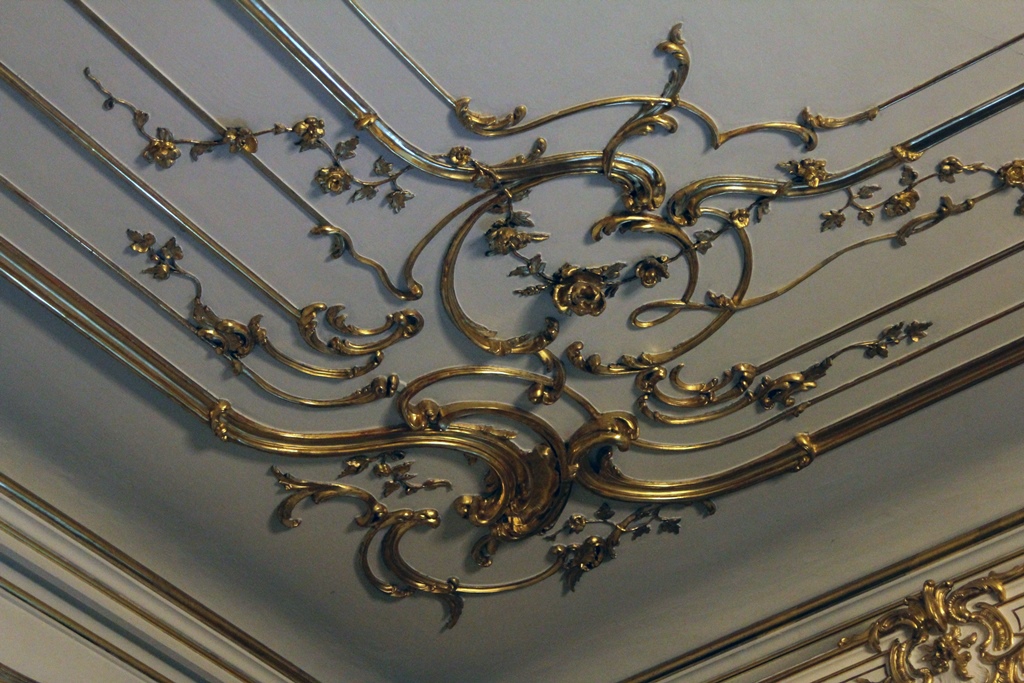
Ceiling Decoration, Rococo Chamber
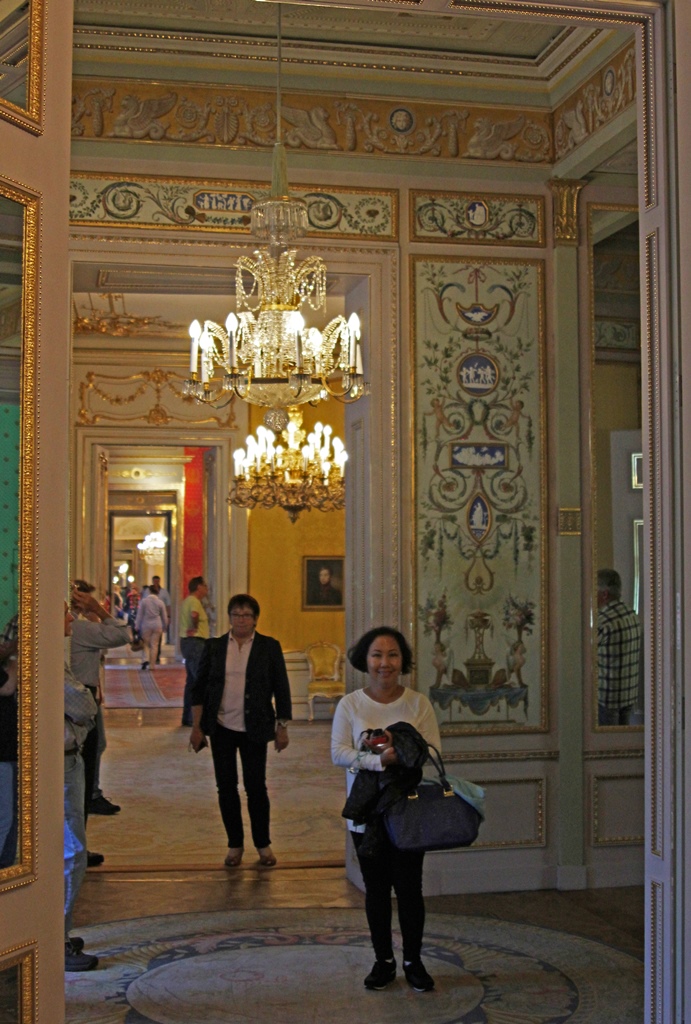
Nella, Wedgwood Cabinet
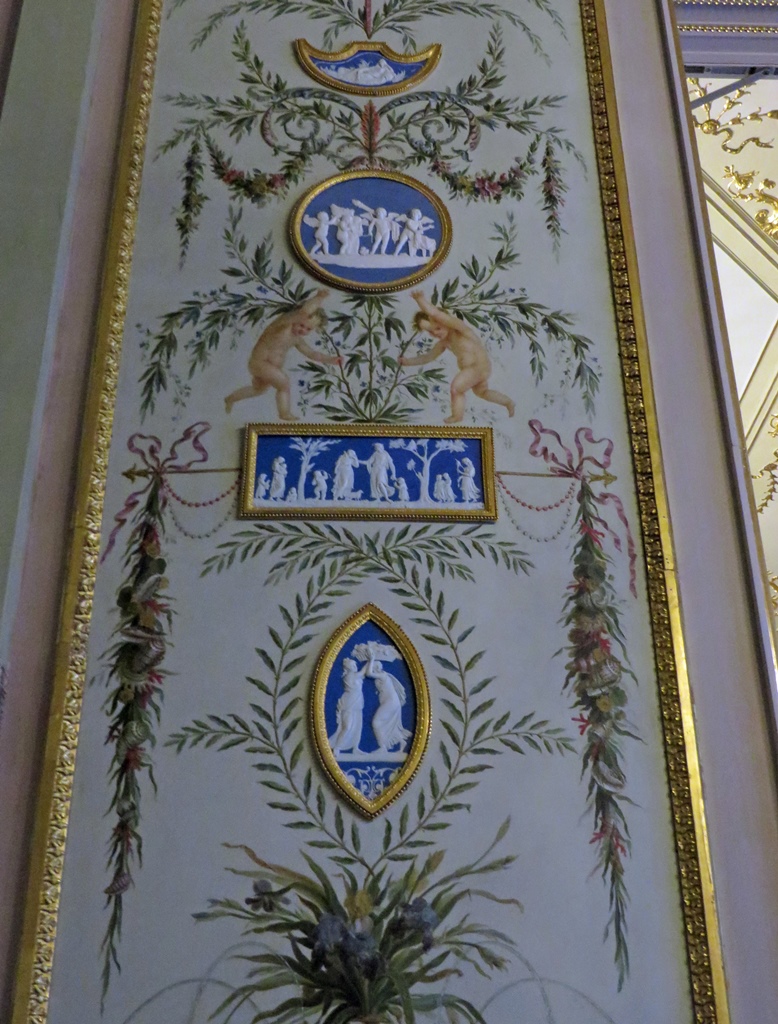
Detail, Wedgwood Cabinet
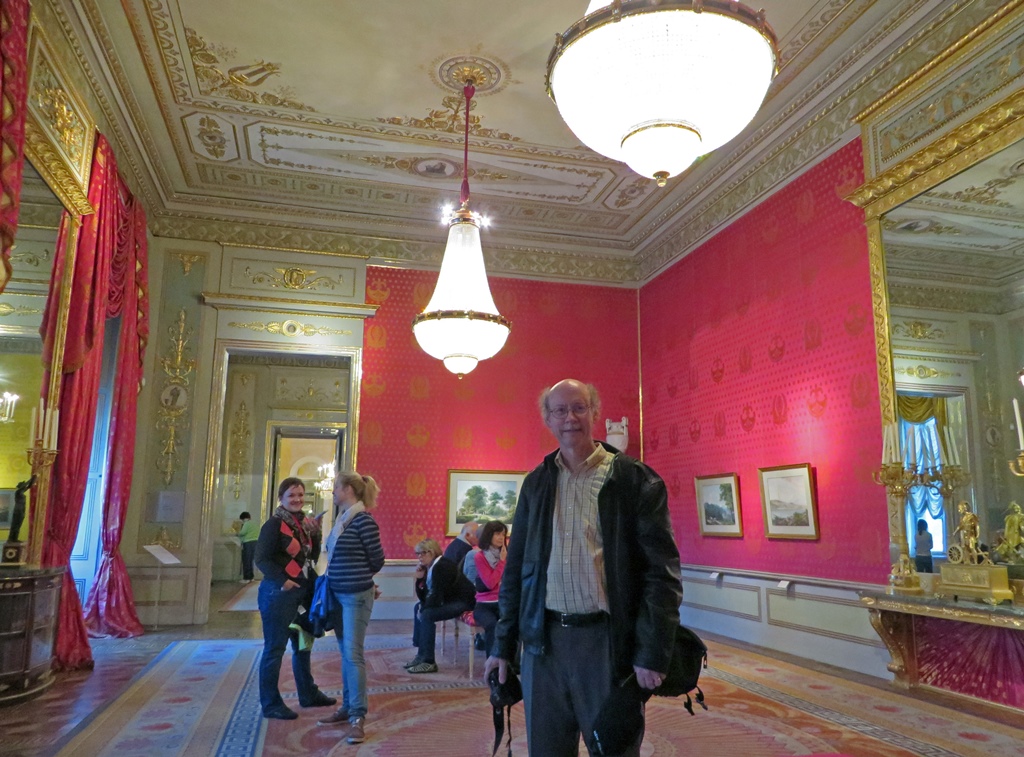
Bob, Audience Hall
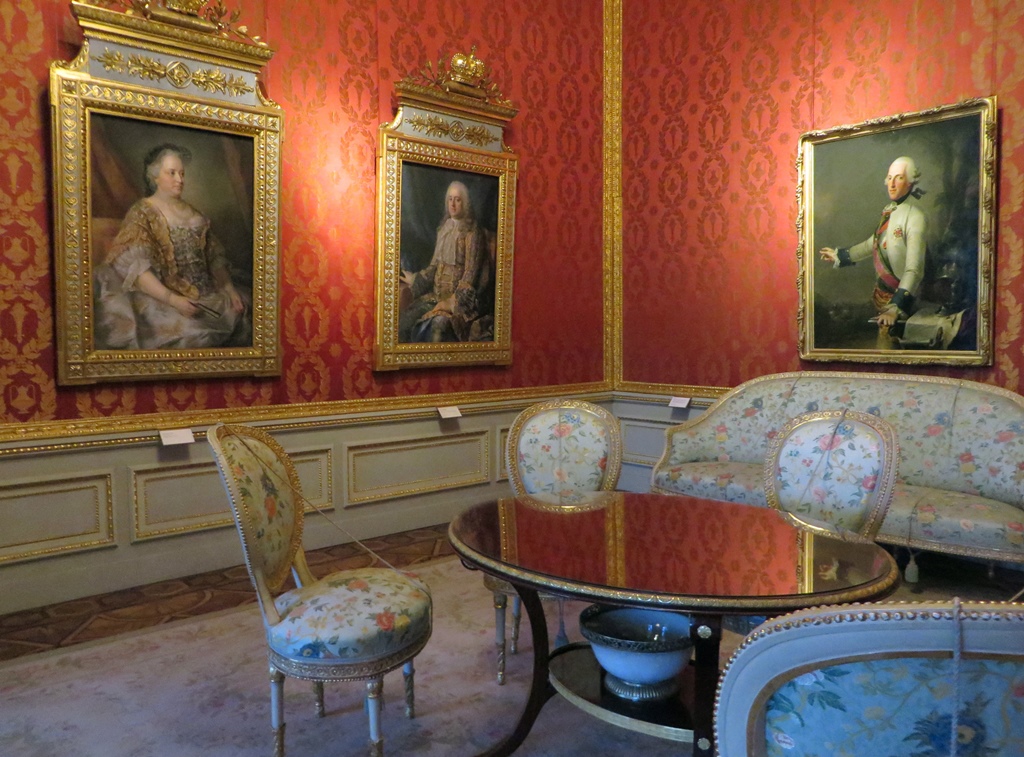
Red Tea Salon
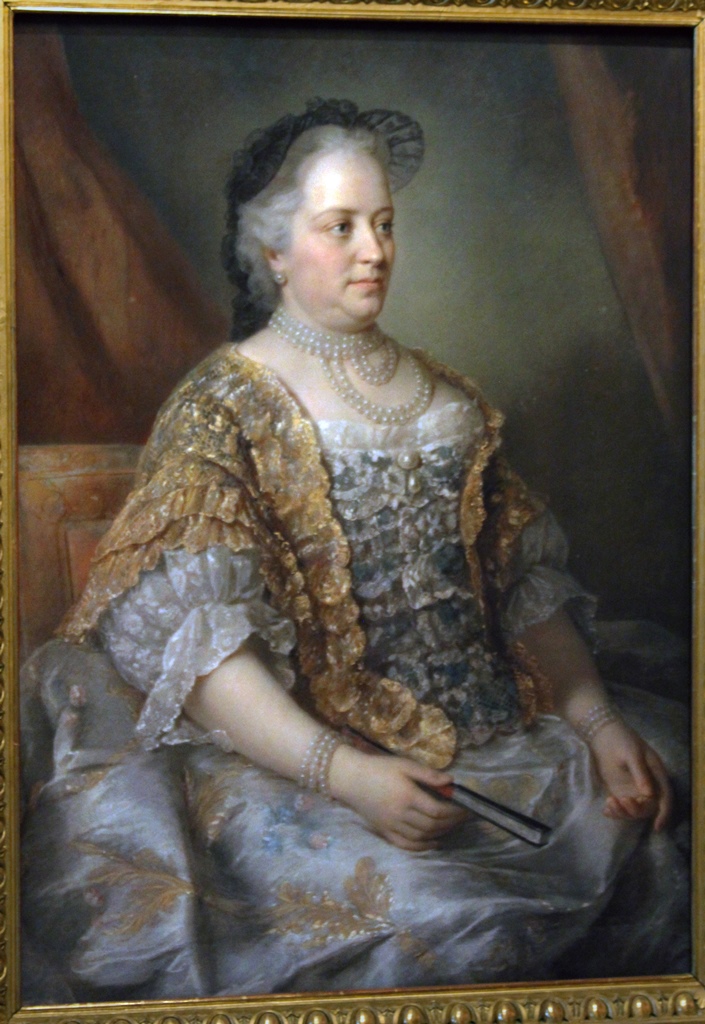
Empress Maria Theresa, Jean Etienne Liotard
The attention to detail in the restored state rooms extends to a several small
objects which are on display.
Chandelier
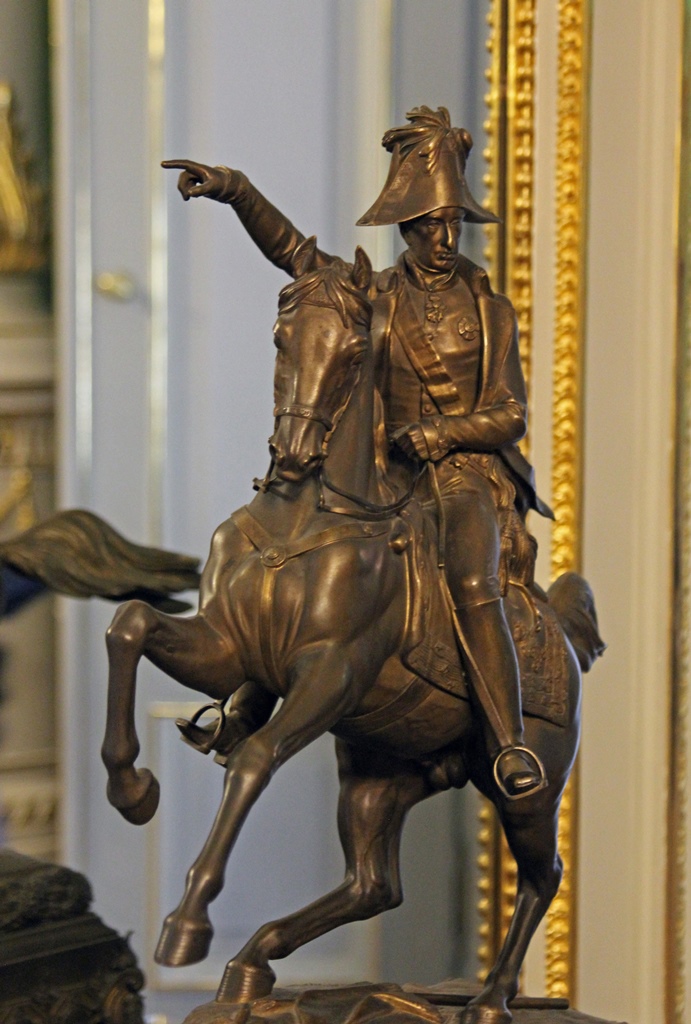
Small Bronze, Study of Archduke Carl
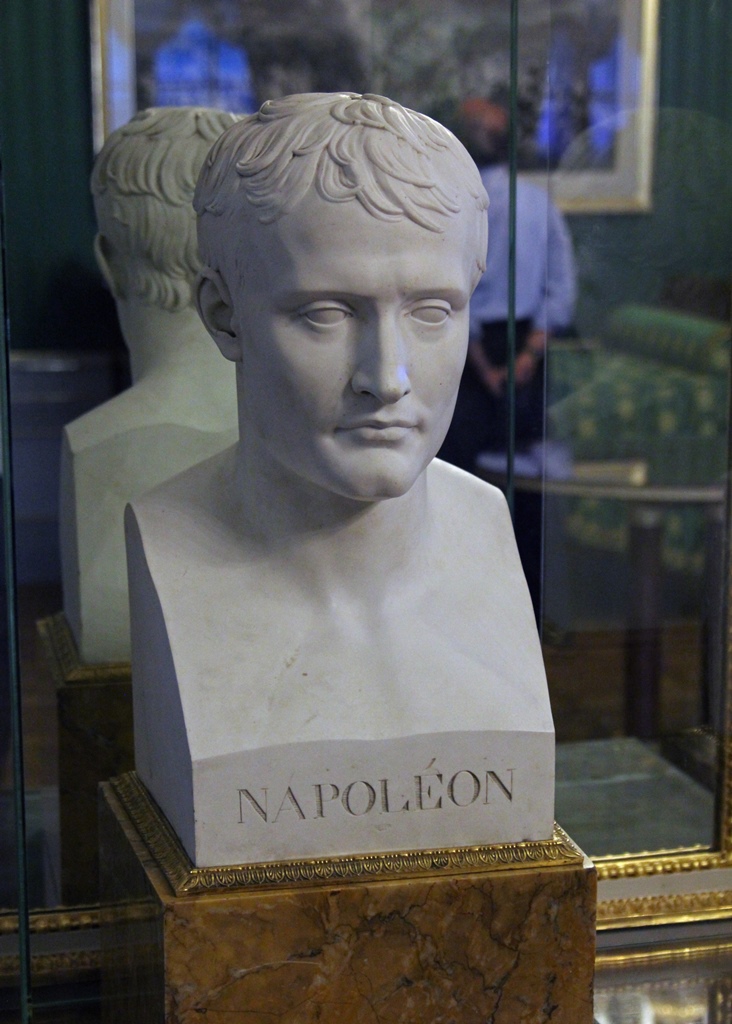
Napoleon Bust, Study of Archduke Carl
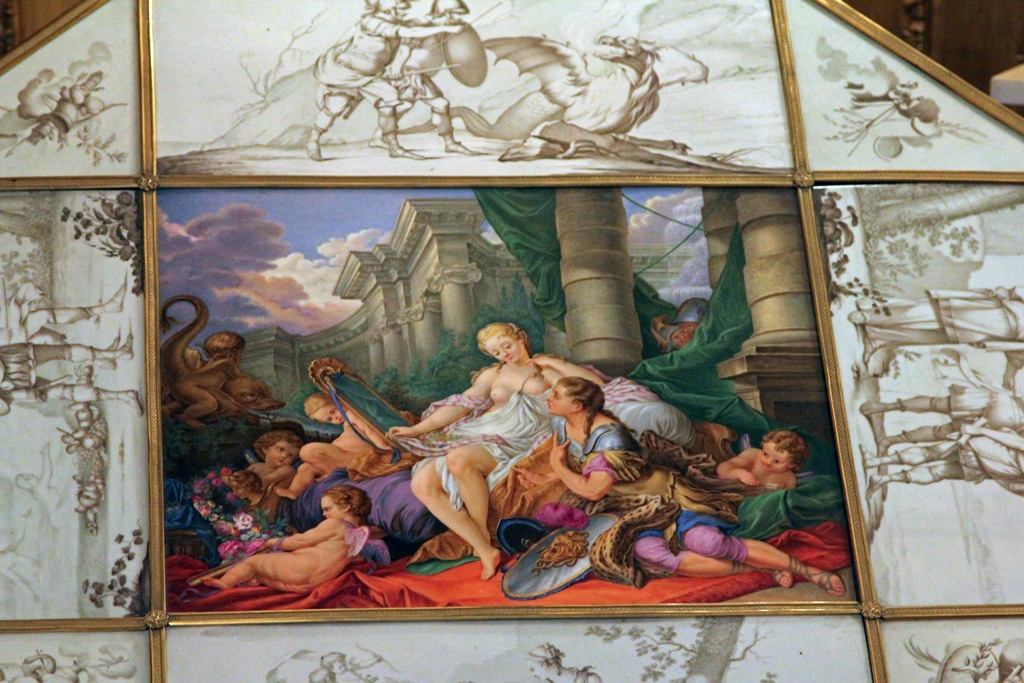
Painted Tile
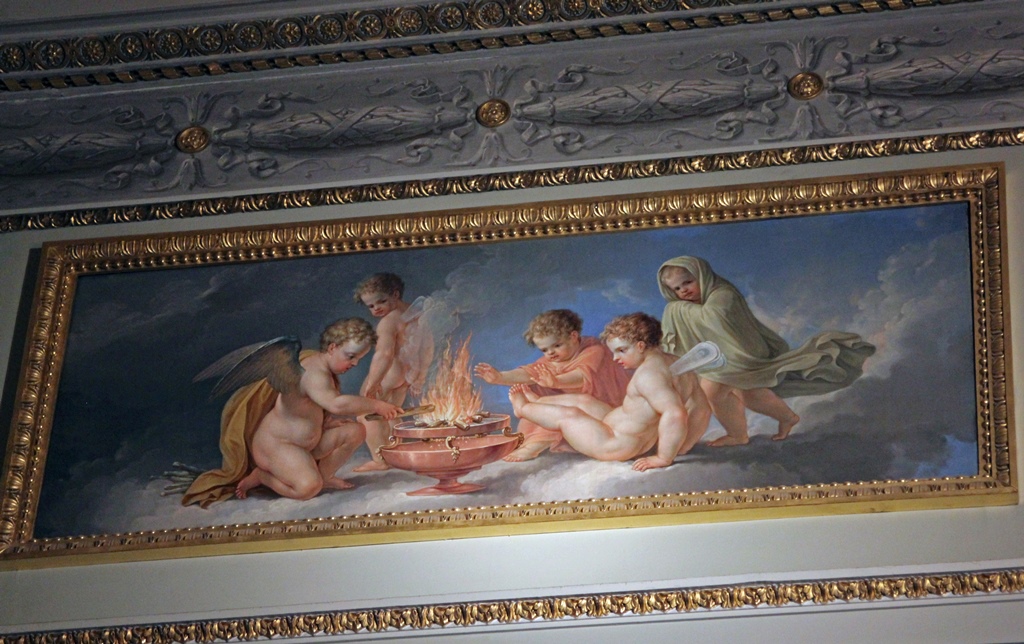
Decoration, Red Tea Salon
While the collection of prints and graphics in the museum's keeping is extensive
(approximately 65,000 drawings and 1 million old master prints), the originals are
not on display, as they are sensitive to degradation from exposure to light. But
many facsimiles of items in the collection are hung in the display rooms. Many
are representations of pen-and-ink drawings:
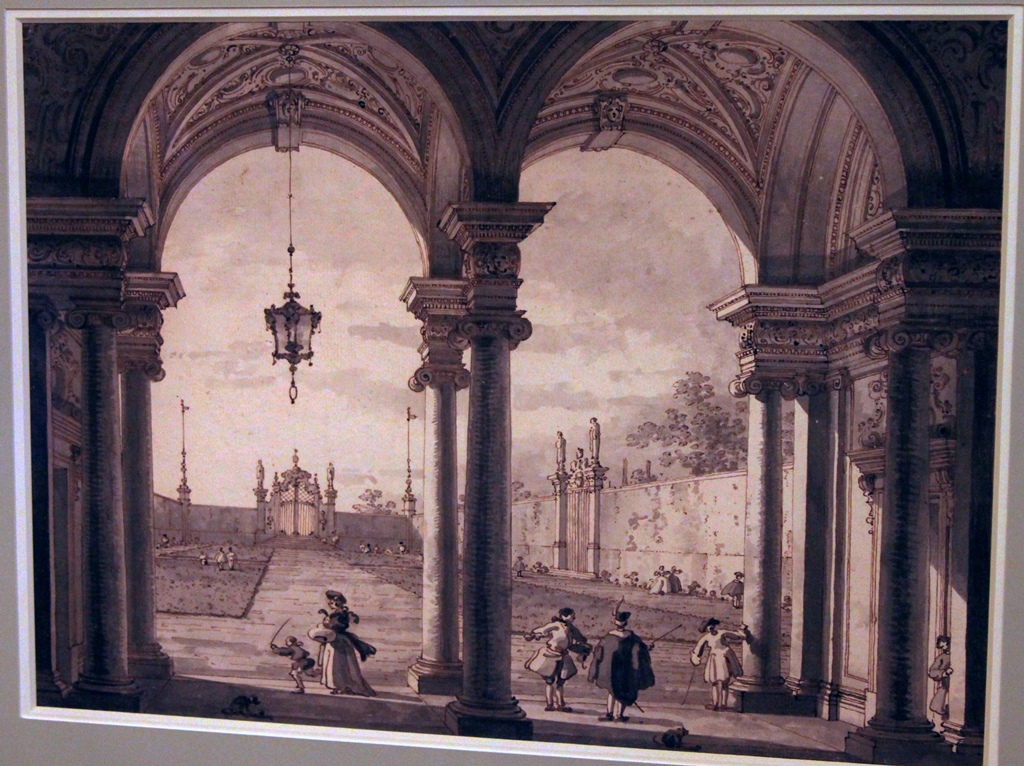
View Through a Baroque Colonnade, Canaletto (1760-68)
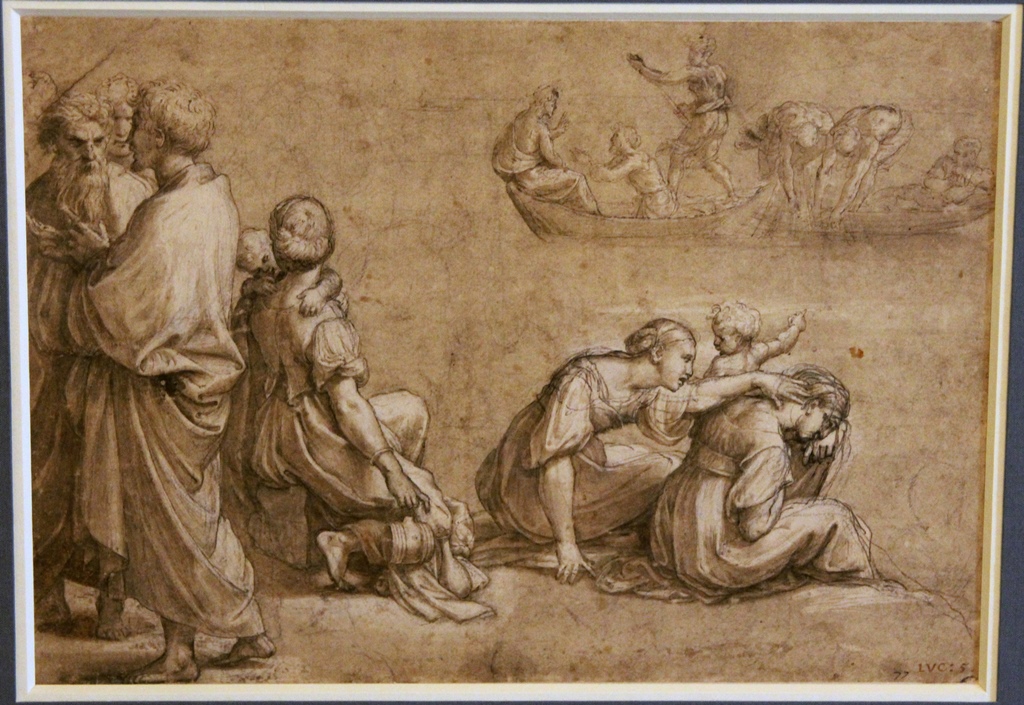
The Miraculous Draughts of Fishes, Raphael
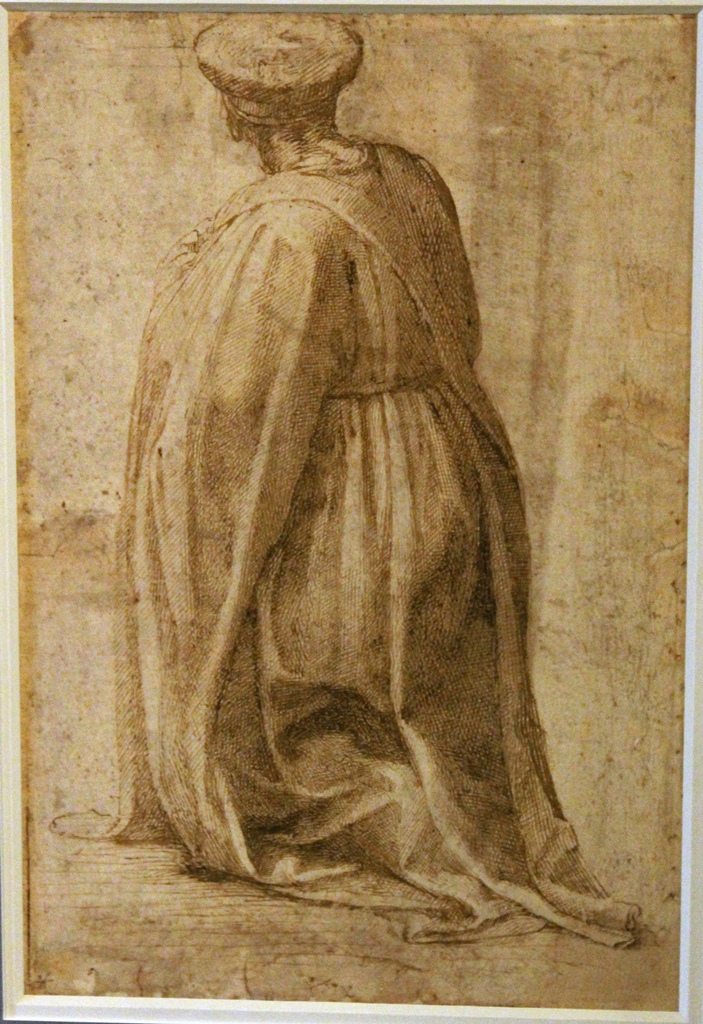
Kneeling Man with a Wide Cloak, Michelangelo Buonarroti (1492-96)
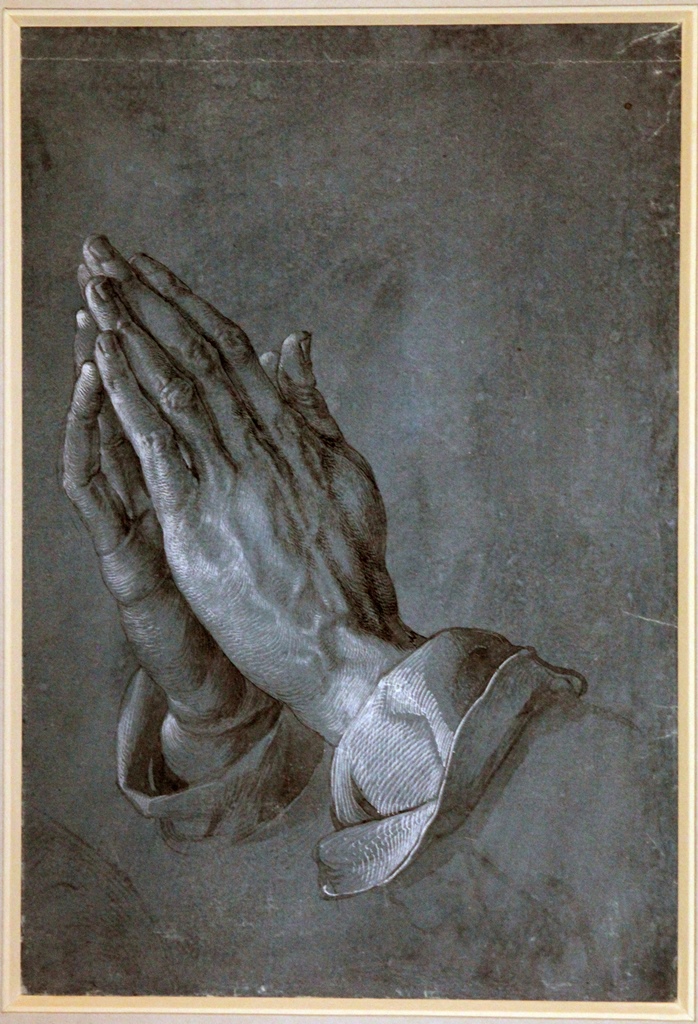
Praying Hands, Albrecht Dürer (1508)
Others are facsimiles of drawings made using chalk:
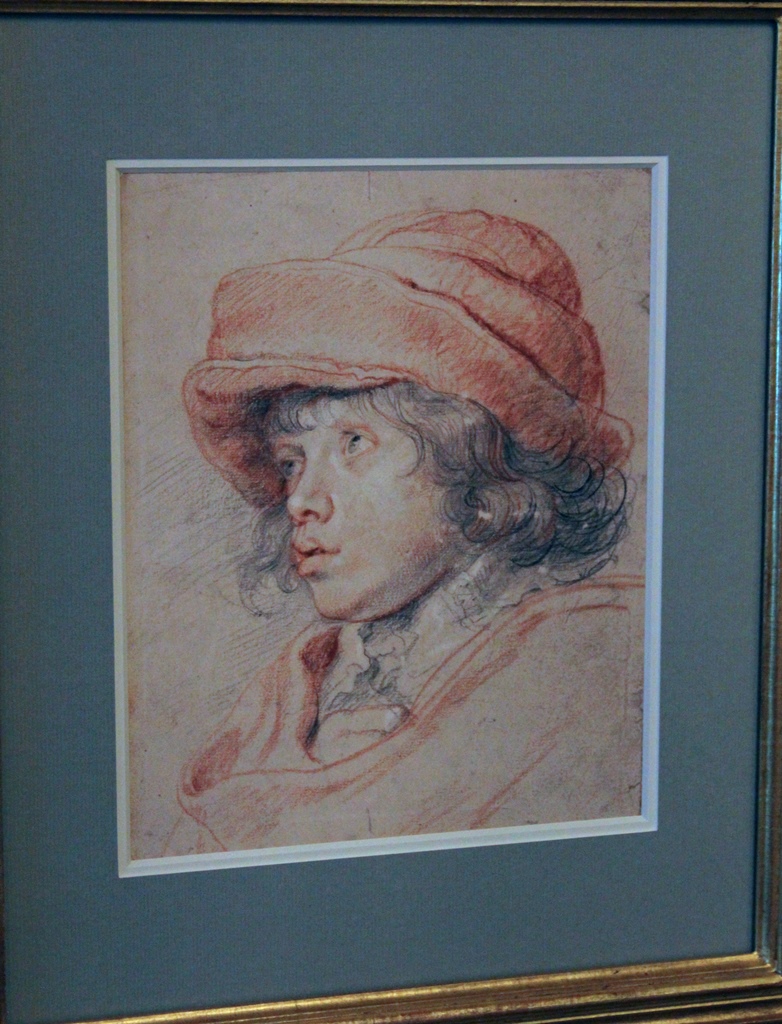
Nikolaus Rubens Wearing a Cap, Peter Paul Rubens (1625-27)
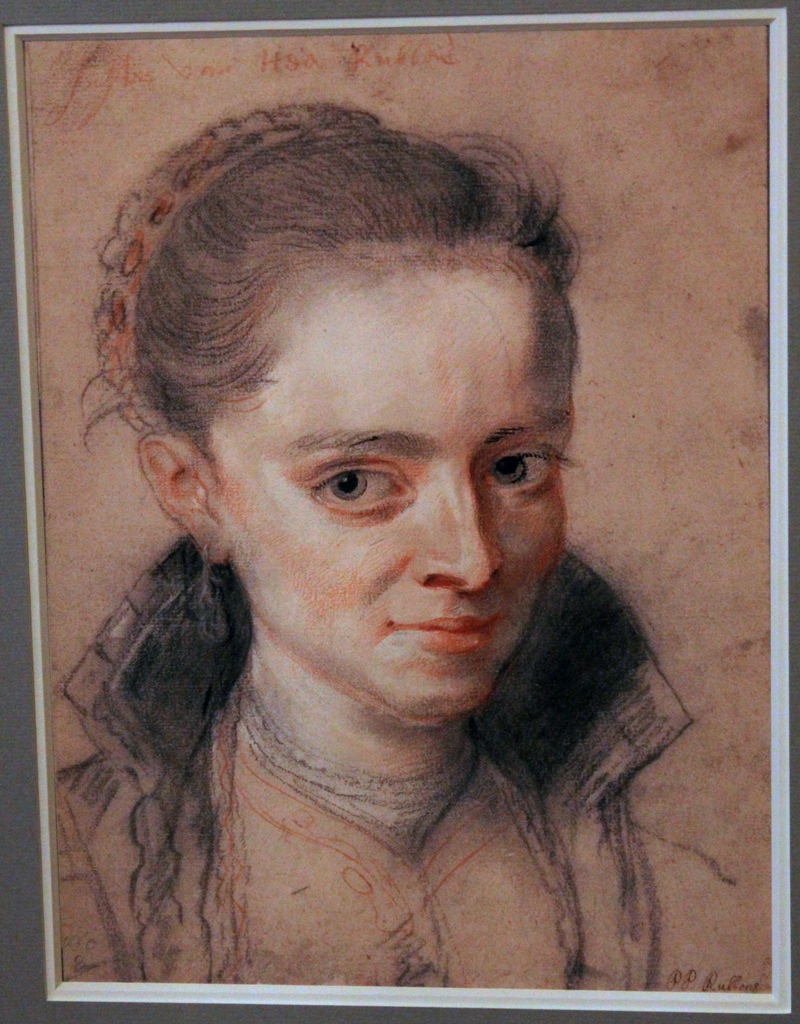
Portrait of Susanna Fourment, Peter Paul Rubens (ca. 1622)
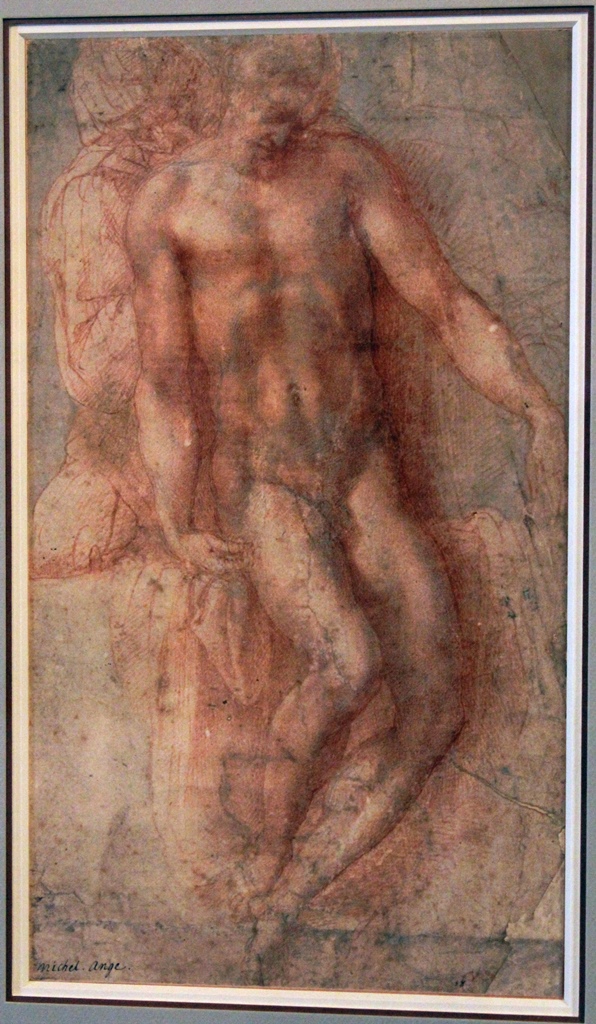
Pietà, Michelangelo Buonarroti (1530-36)
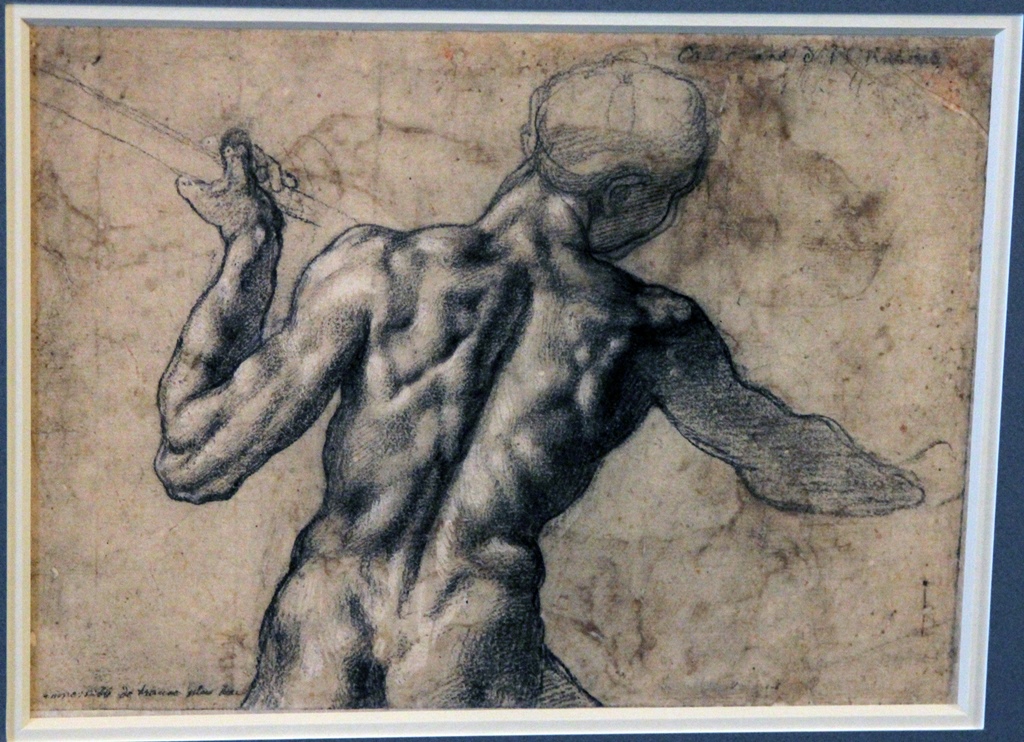
Back View of a Nude Male, Michelangelo Buonarroti (ca. 1504)
Head of an Apostle, Raphael
Still others are copies of watercolors:
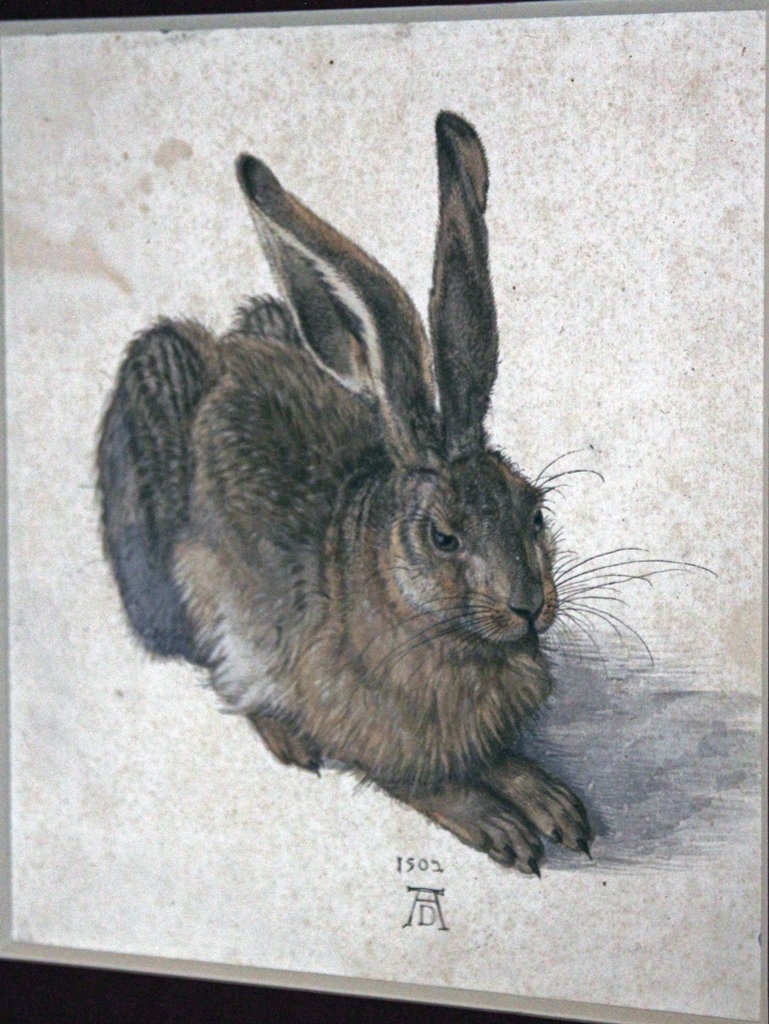
Hare, Albrecht Dürer (1502)
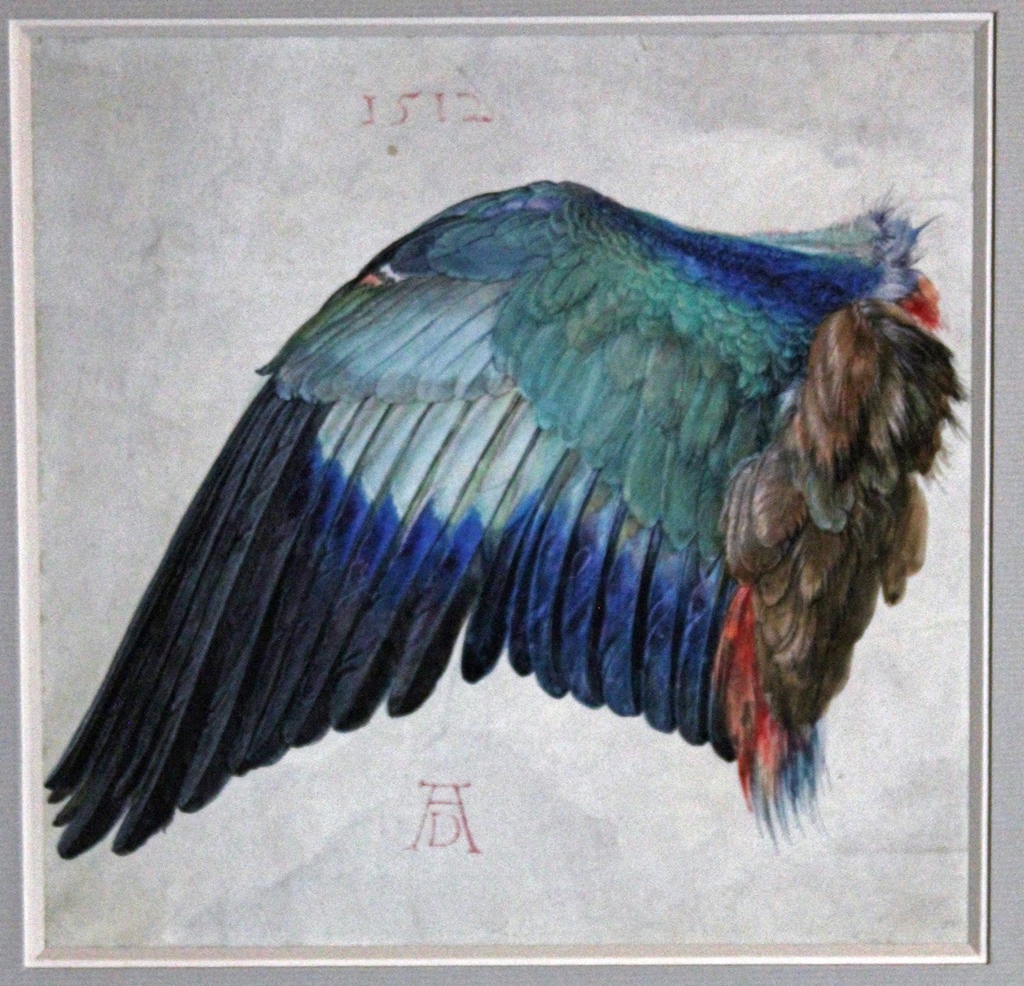
Wing of a Roller, Albrecht Dürer (1512)
The Japanese Palace in Dresden, Johann Gottlob Henschke (1796)
Though not originally part of the Albertina's collection, a number of works
(mainly paintings) from the Impressionist era through the middle of the 20th
Century were transferred to the museum in 2007 (primarily from the Herbert and
Rita Batliner Foundation), and are on display in a permanent exhibition called
"Monet to Picasso". Most of the exhibition is 20th Century, but there are a
few impressionist paintings:
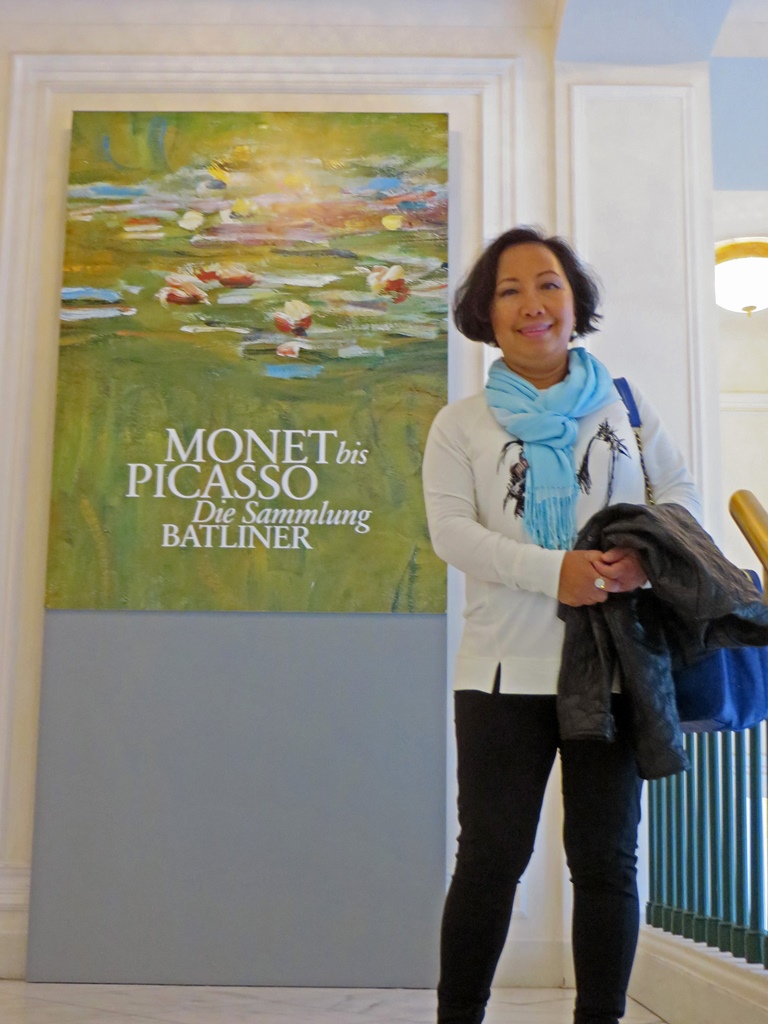
Nella and Monet to Picasso Poster
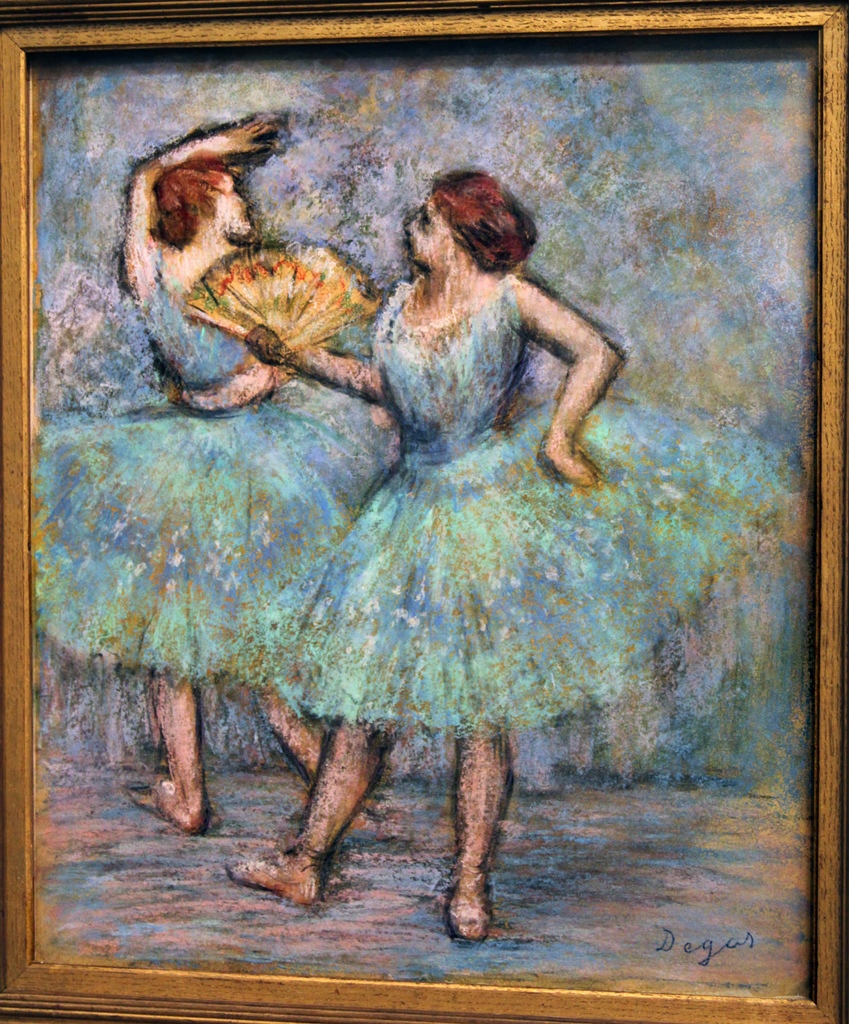
Two Dancers, Edgar Degas (ca. 1905)
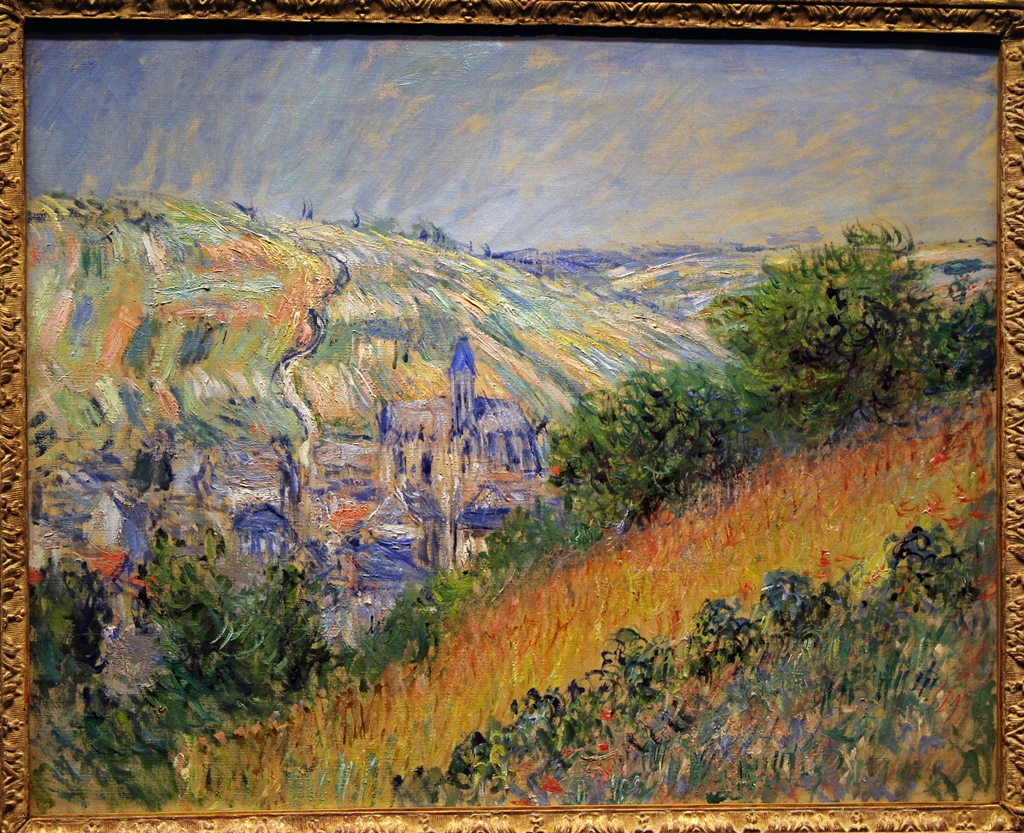
View of Vétheuil, Claude Monet (1881)
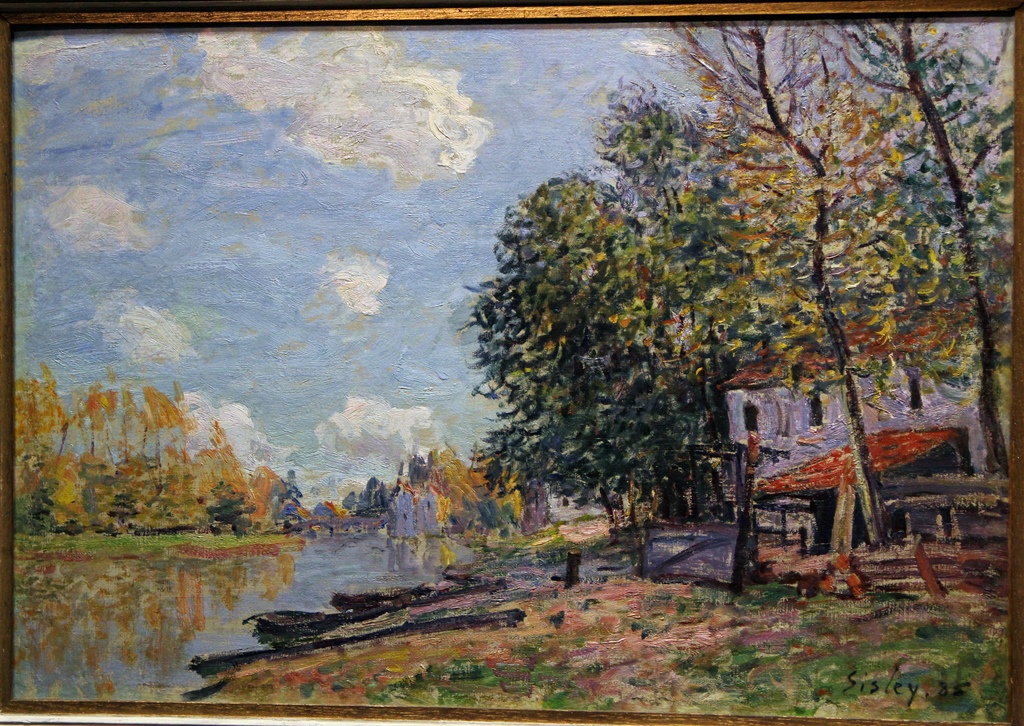
Moret: the Banks of the River Loing, Alfred Sisley (1885)
Here are some of the 20th Century works on display:
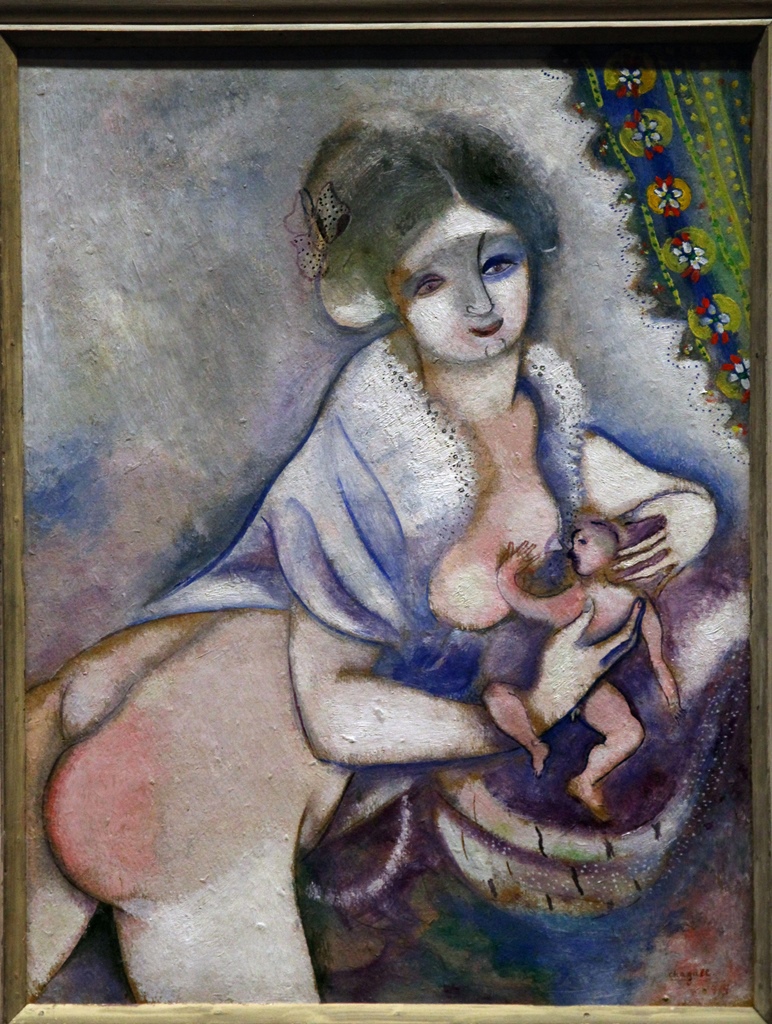
Motherhood, Marc Chagall (1914)
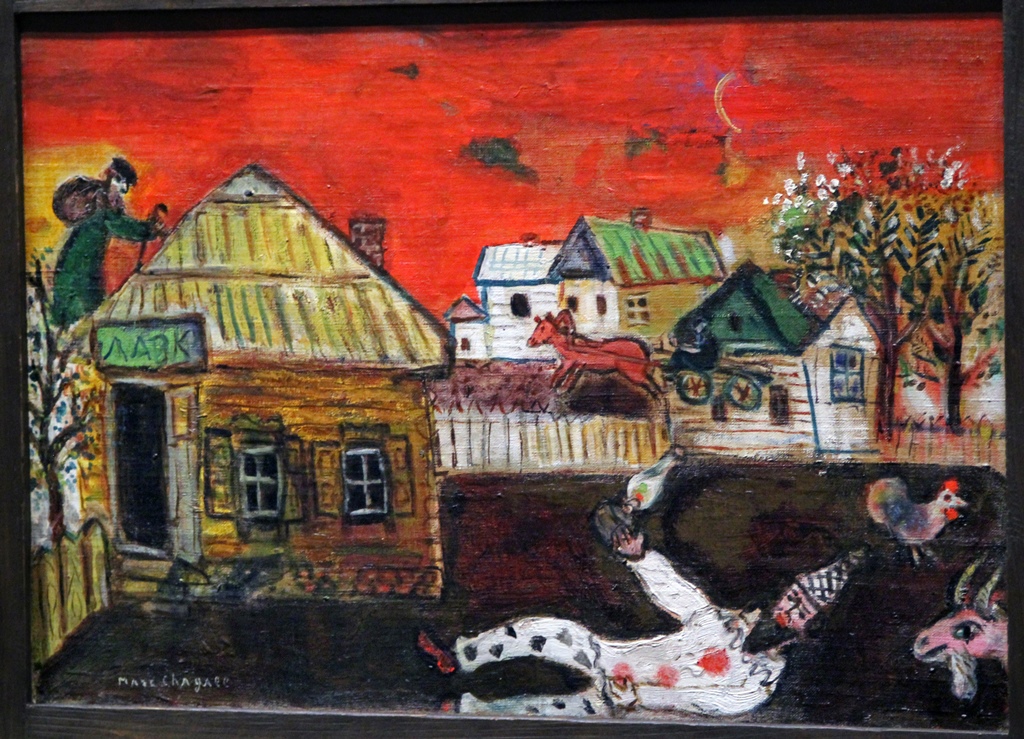
Vitebsk, Village Scene, Marc Chagall (ca. 1924-26)
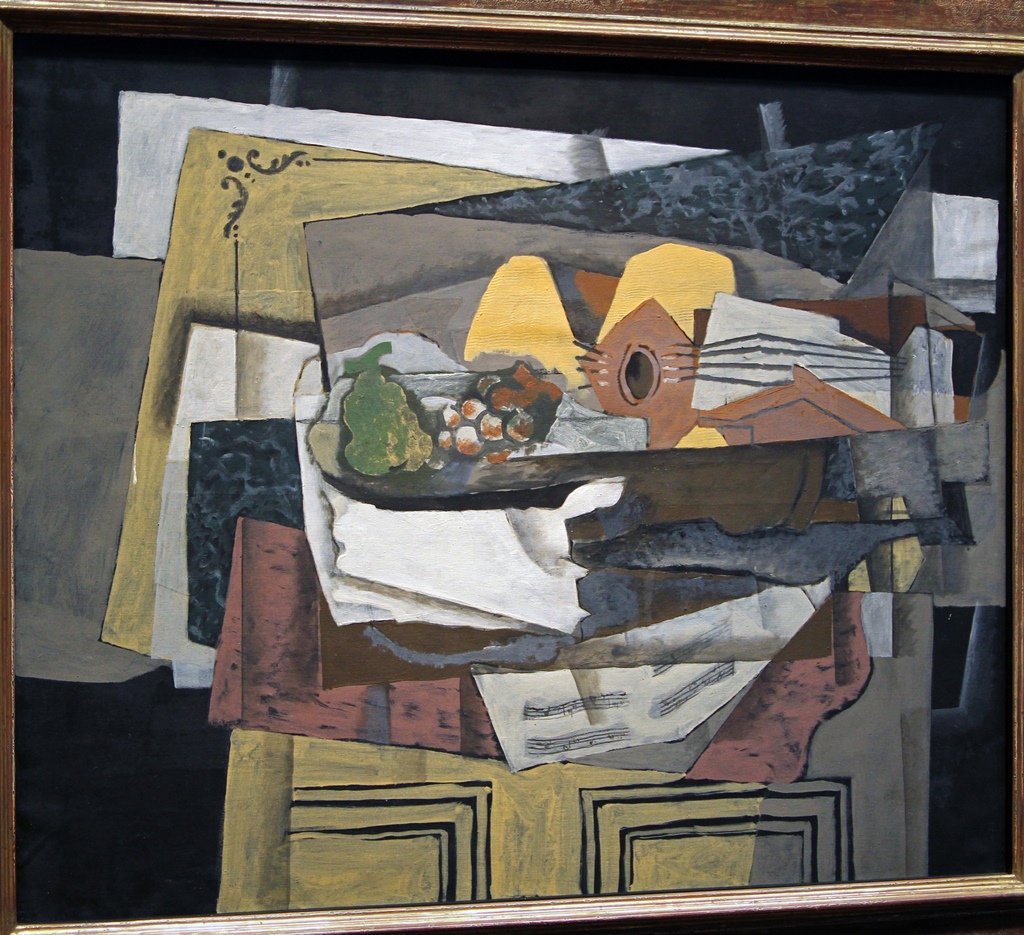
The Sideboard, Georges Braque (1920)
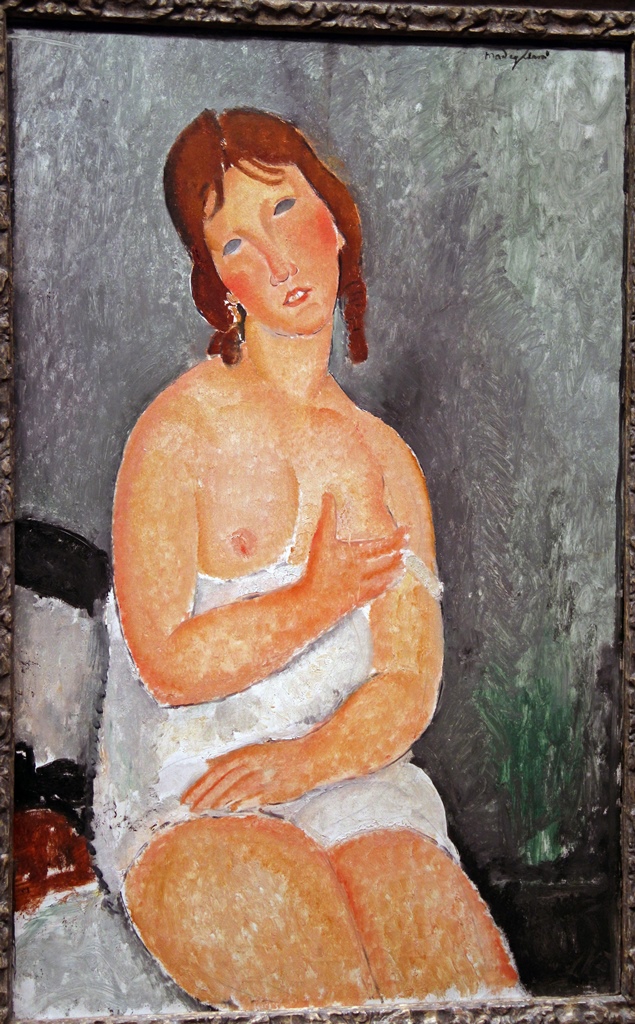
Young Woman in a Shirt, Amedeo Modigliani (1918)
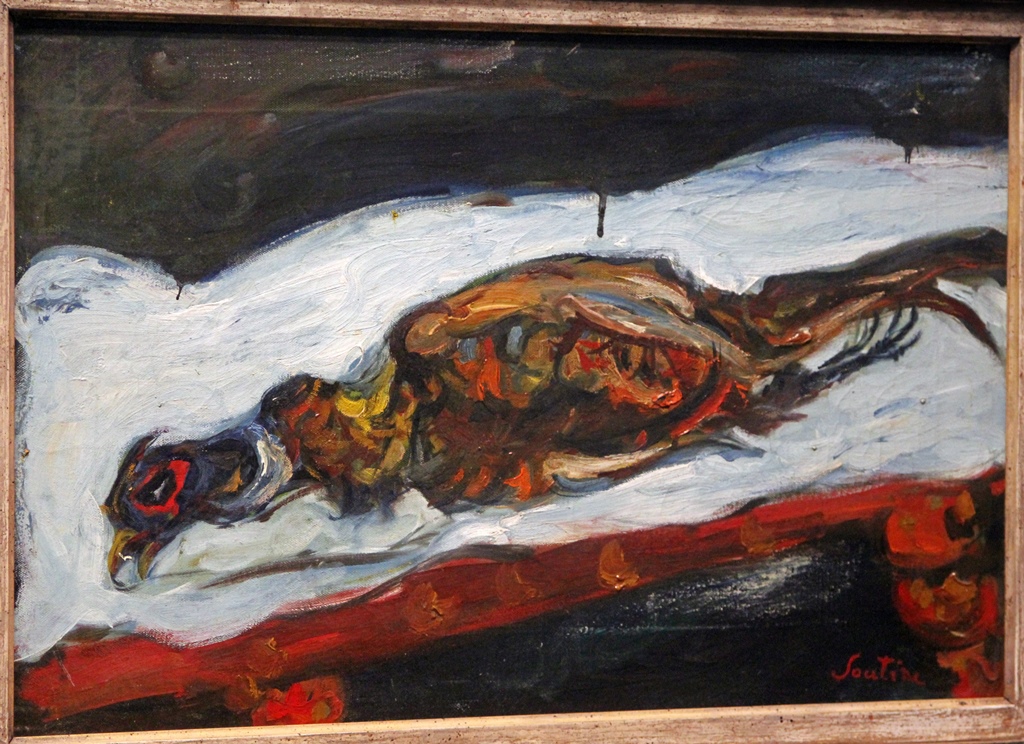
The Pheasant, Chaim Soutine (ca. 1924)
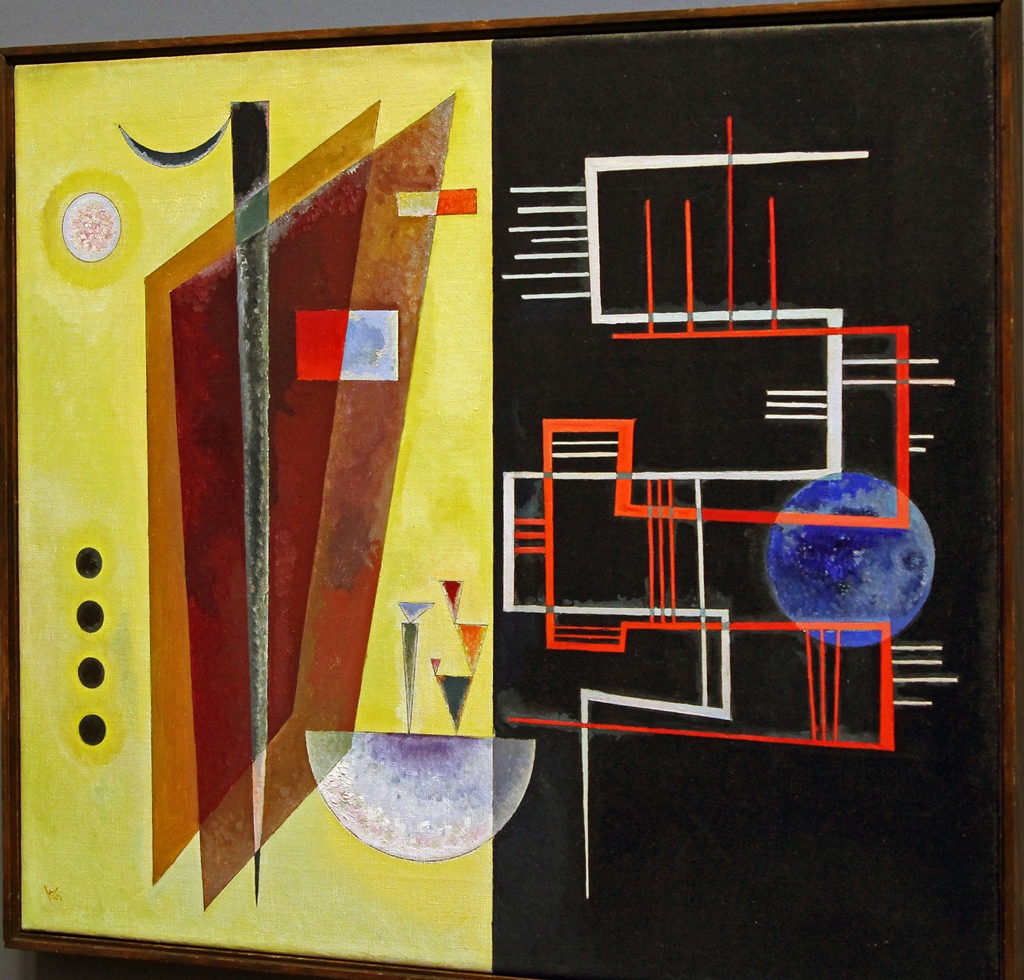
Inner Alliance, Wassily Kandinsky (1929)
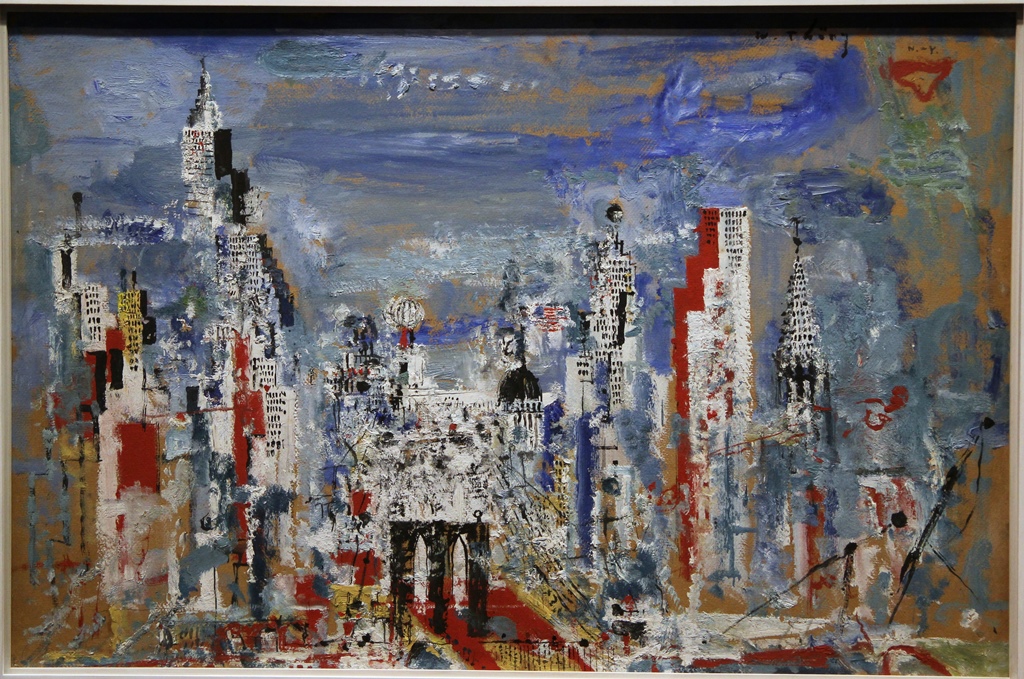
New York - East River, Wilhelm Thöny (1936)
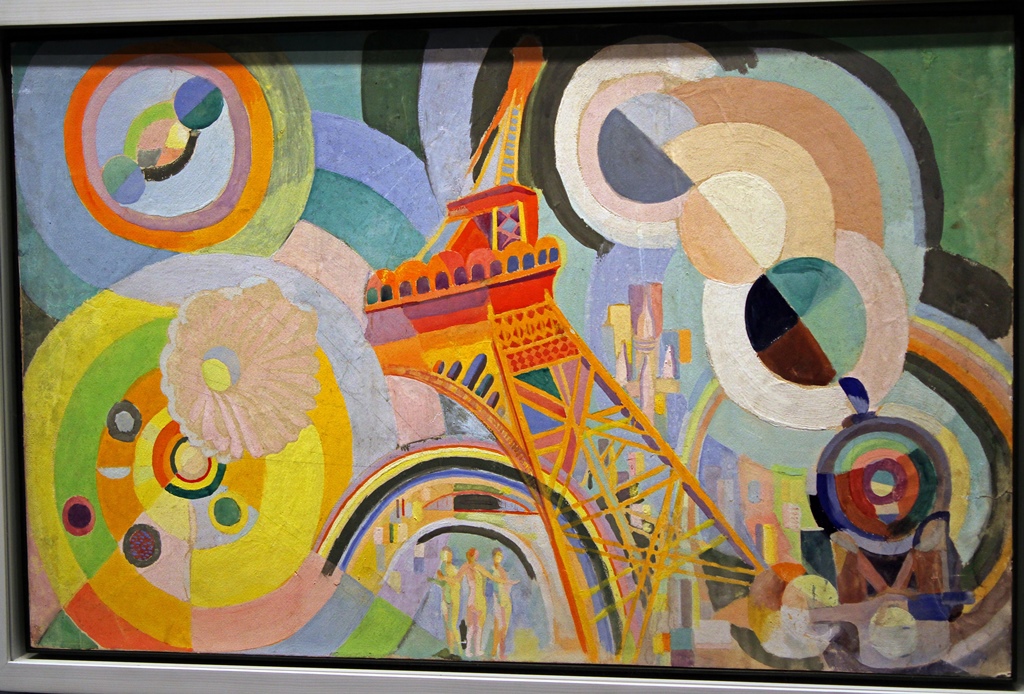
Air, Iron, Water - Study for a Mural, Robert Delaunay (1936-37)
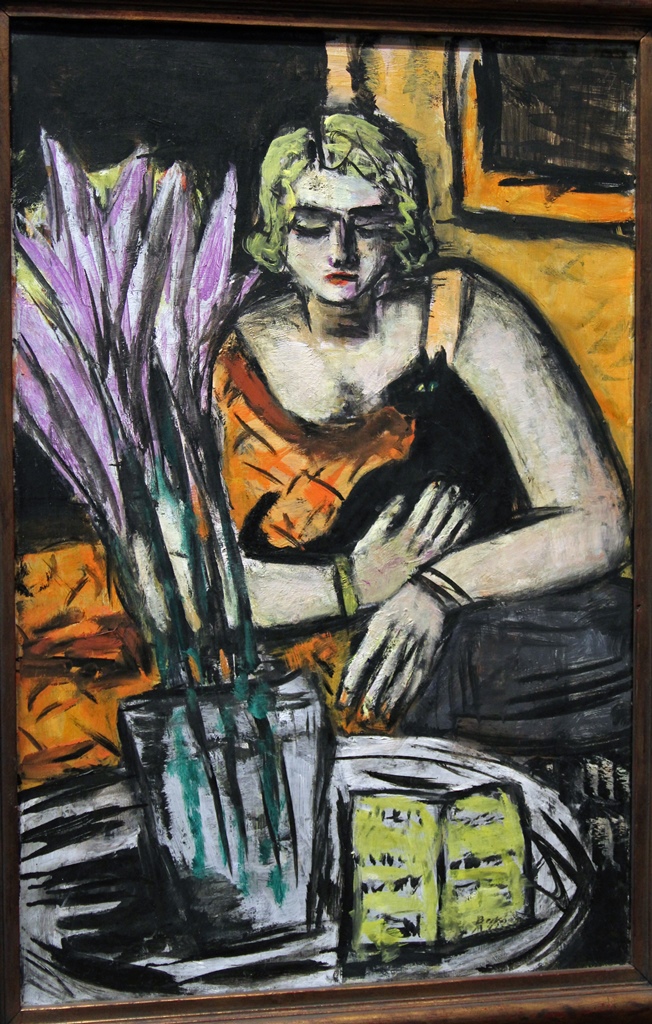
Woman with Cat, Max Beckmann (1942)
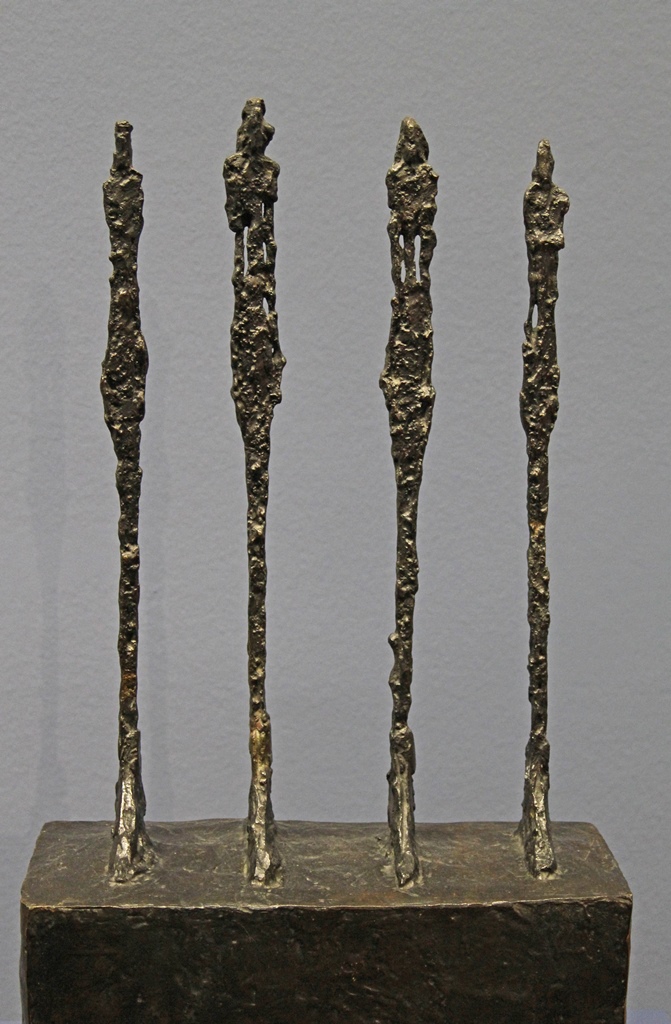
Four Women on a Plinth, Alberto Giacometti (1950)
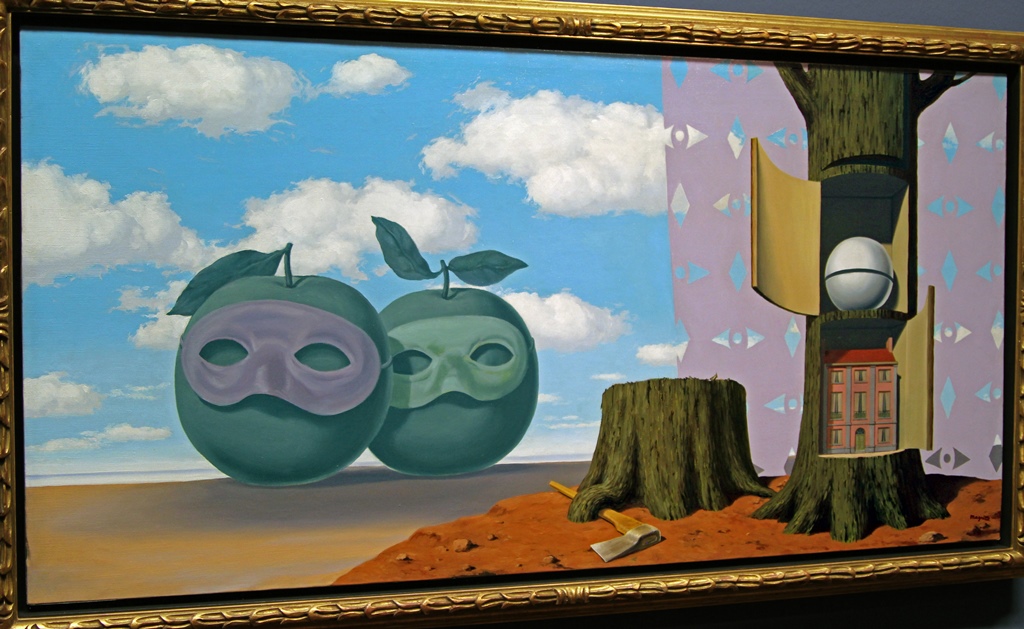
The Enchanted Domain, René Magritte (1953)
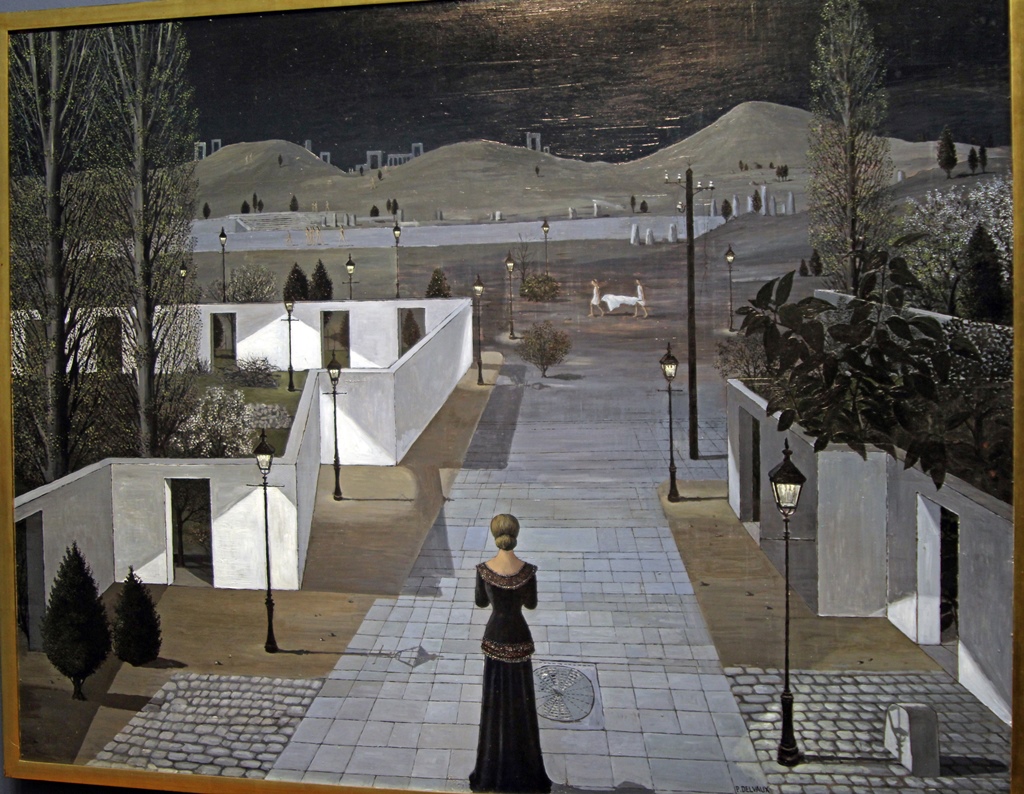
Landscape with Lanterns, Paul Delvaux (1958)
And, of course, some of the Picassos:
Still Life with Guitar, Pablo Picasso (1942)
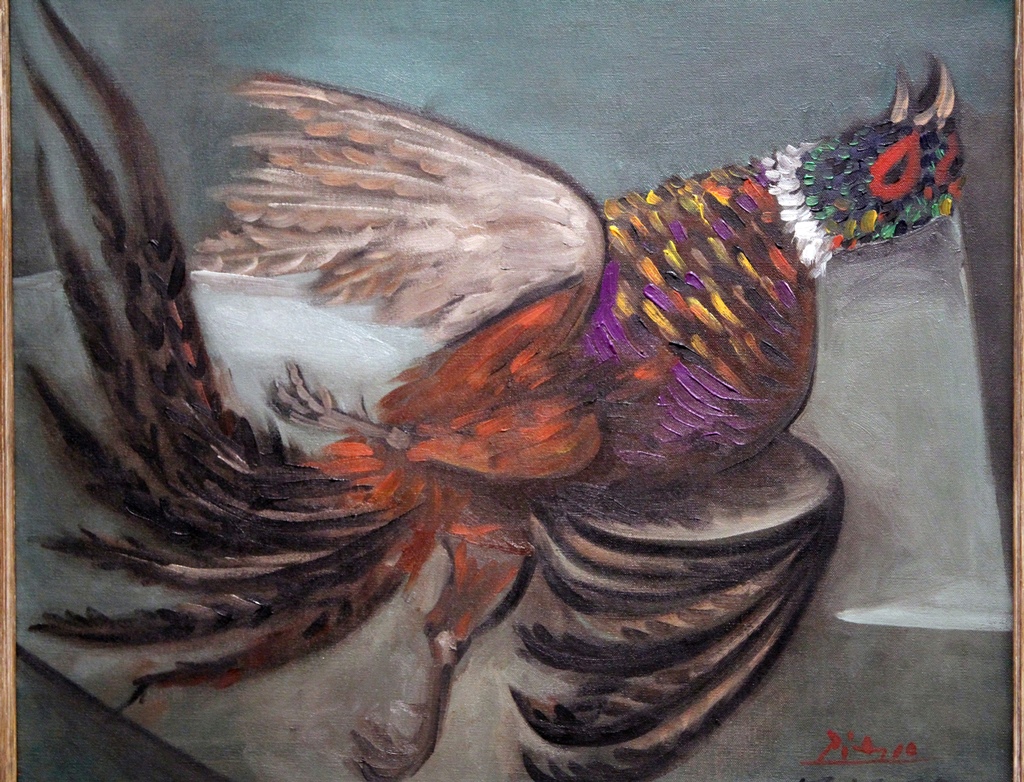
The Pheasant, Pablo Picasso (1938)
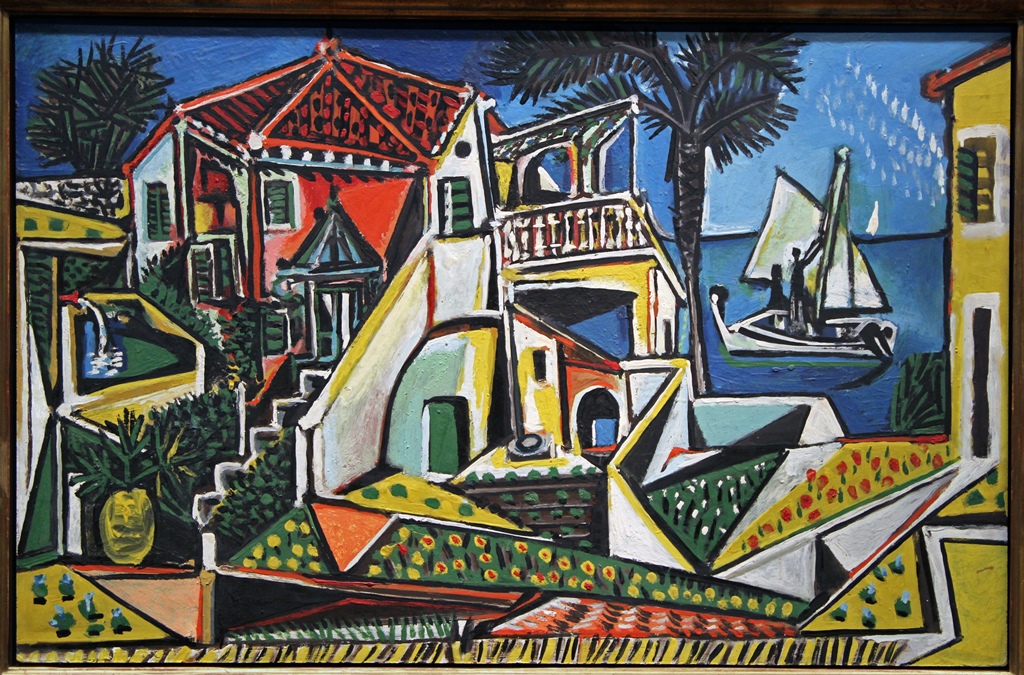
Mediterranean Landscape, Pablo Picasso (1952)
We finished with the Albertina by around 1PM and emerged to find the rain continuing
unabated. More indoor tourism seemed to be the thing to do, so we headed over to
see Austria's finest collection of old masters at the Kunsthistorisches Museum.

